For the first time, the 35 legendary box catalogues of Städtische Museum Mönchengladbach have been published as a book. Museum director Johannes Cladders developed the idea of catalogues in the form of a box with Joseph Beuys in 1967. Until 1978, Cladders worked closely with exhibiting artists to create such catalogues, which radically re-envisaged the traditional exhibition and museum publication. They embody the participatory approach of their time and instance a vision of a porous democratic work. Viewers are invited to actively participate in this artistic and institutional endeavour and engage both intellectually and physically. Researched by Susanne Rennert, designed by Petra Hollenbach, with photographs documenting all catalogues by Tobias Hohn & Stanton Taylor, and introductory essays by Susanne Rennert and Susanne Titz.
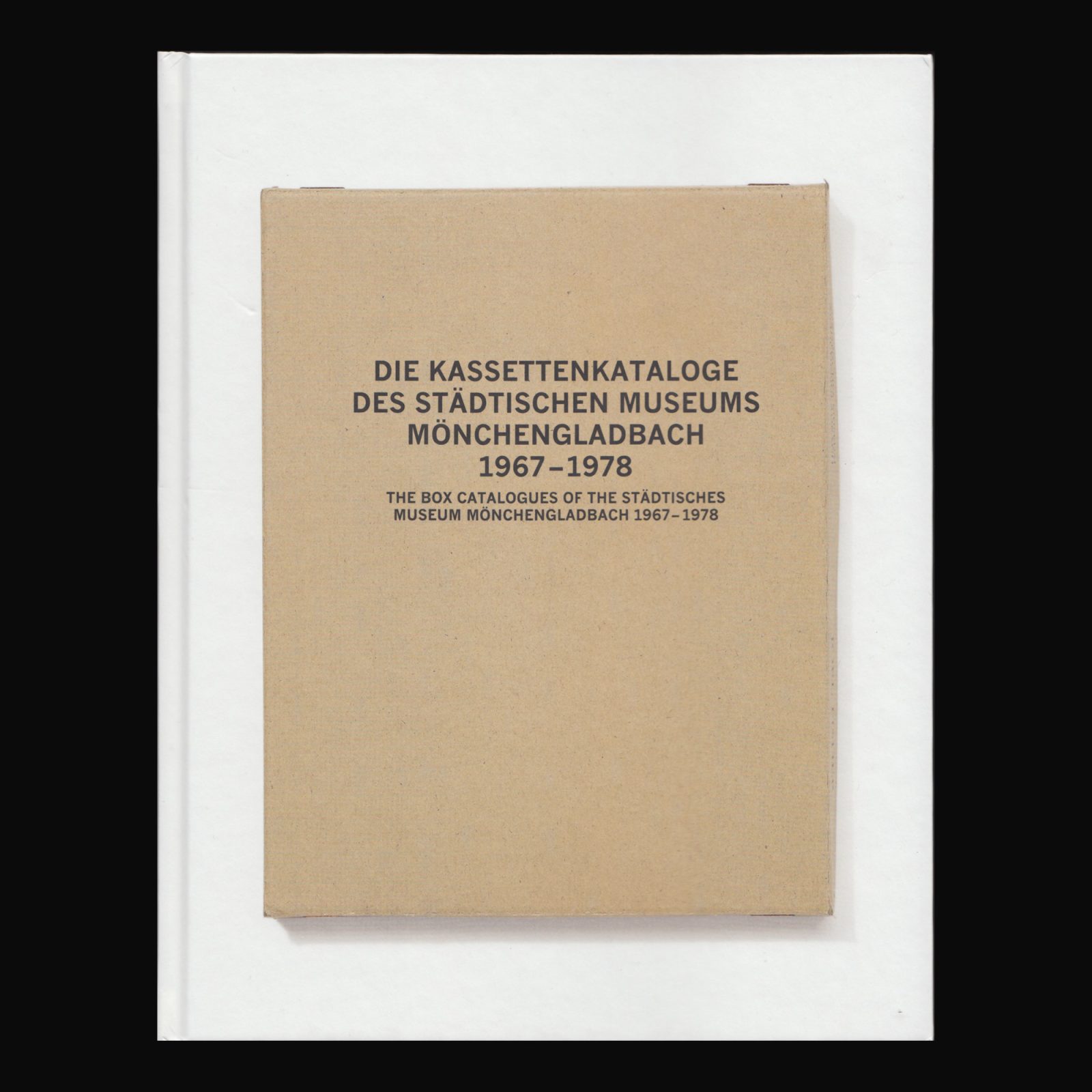
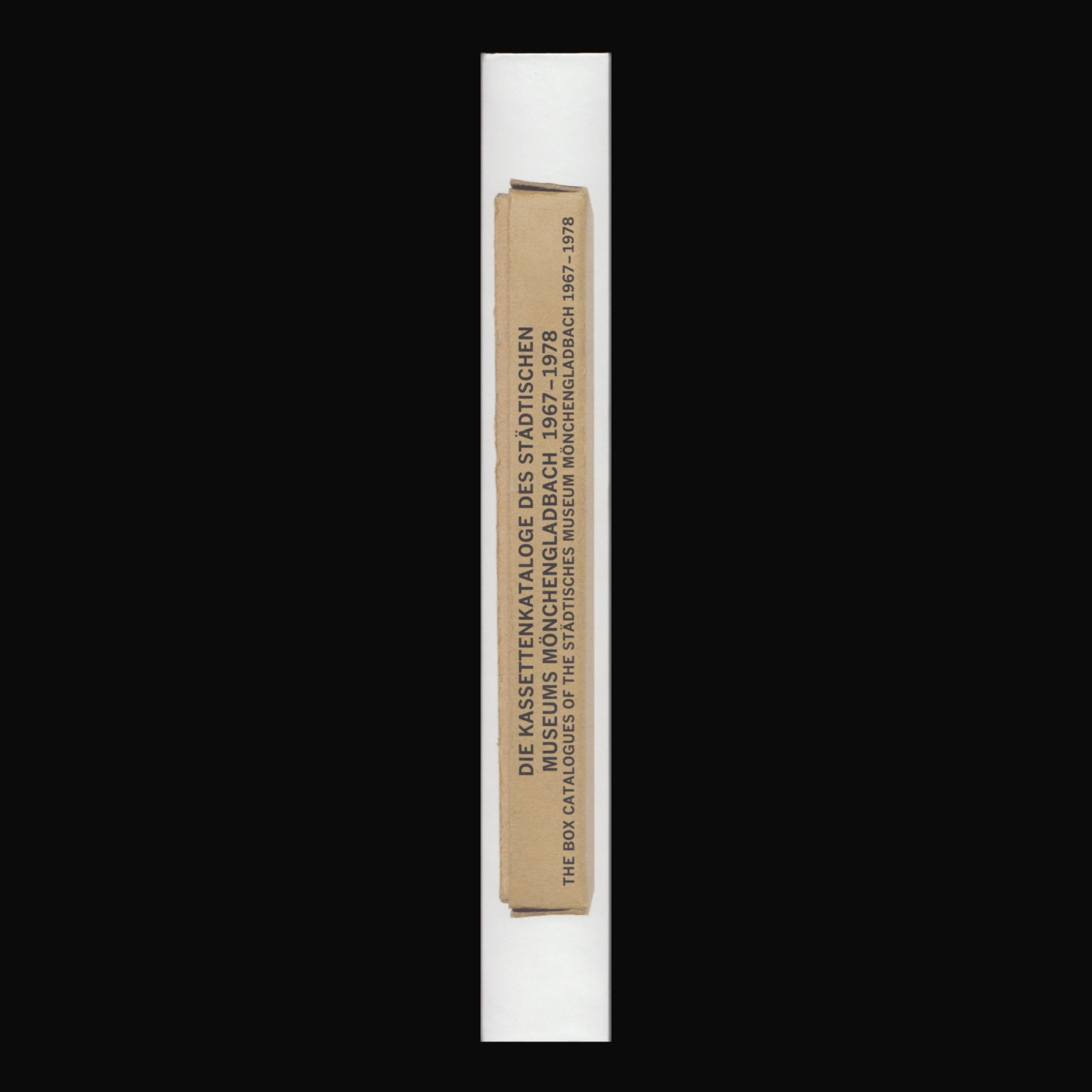
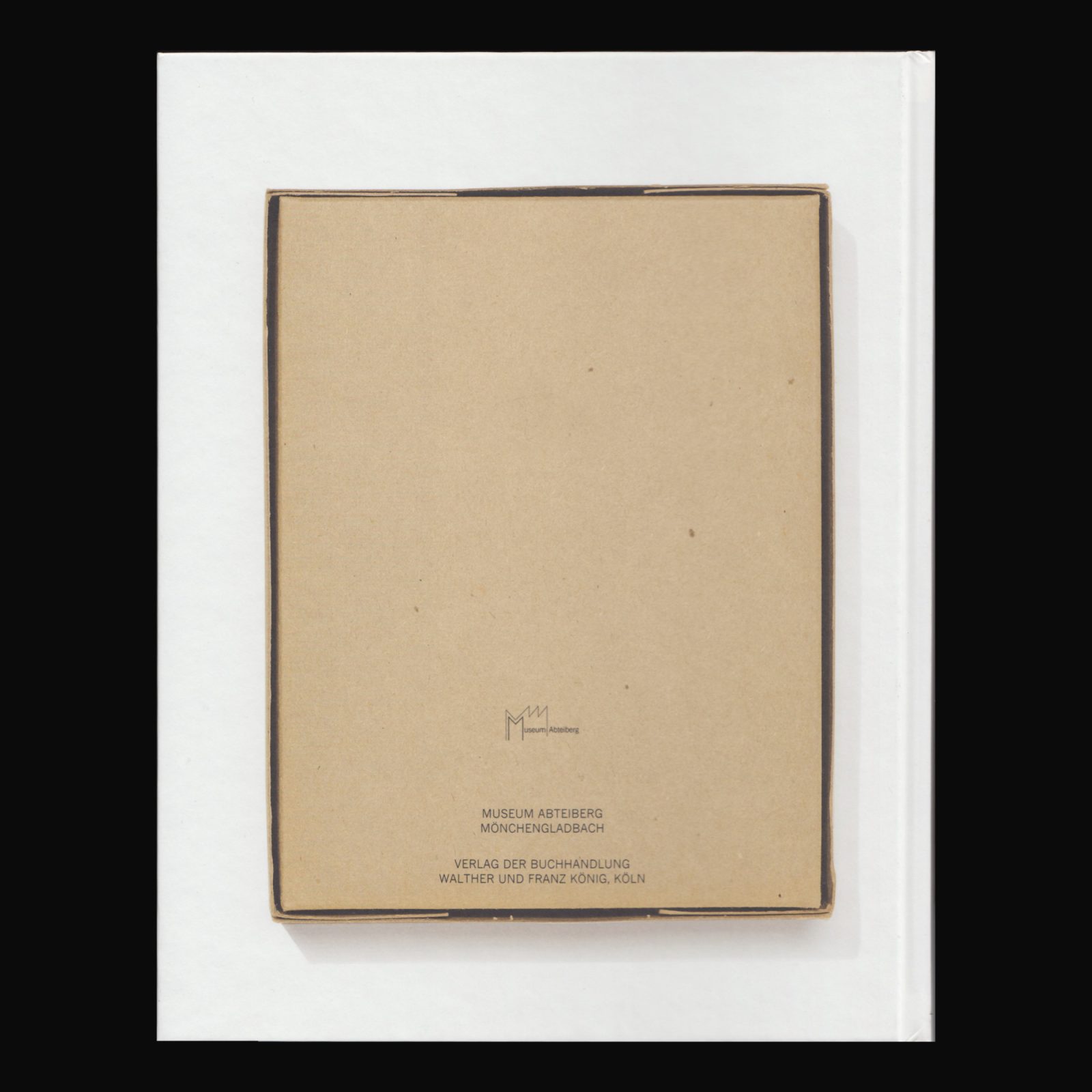
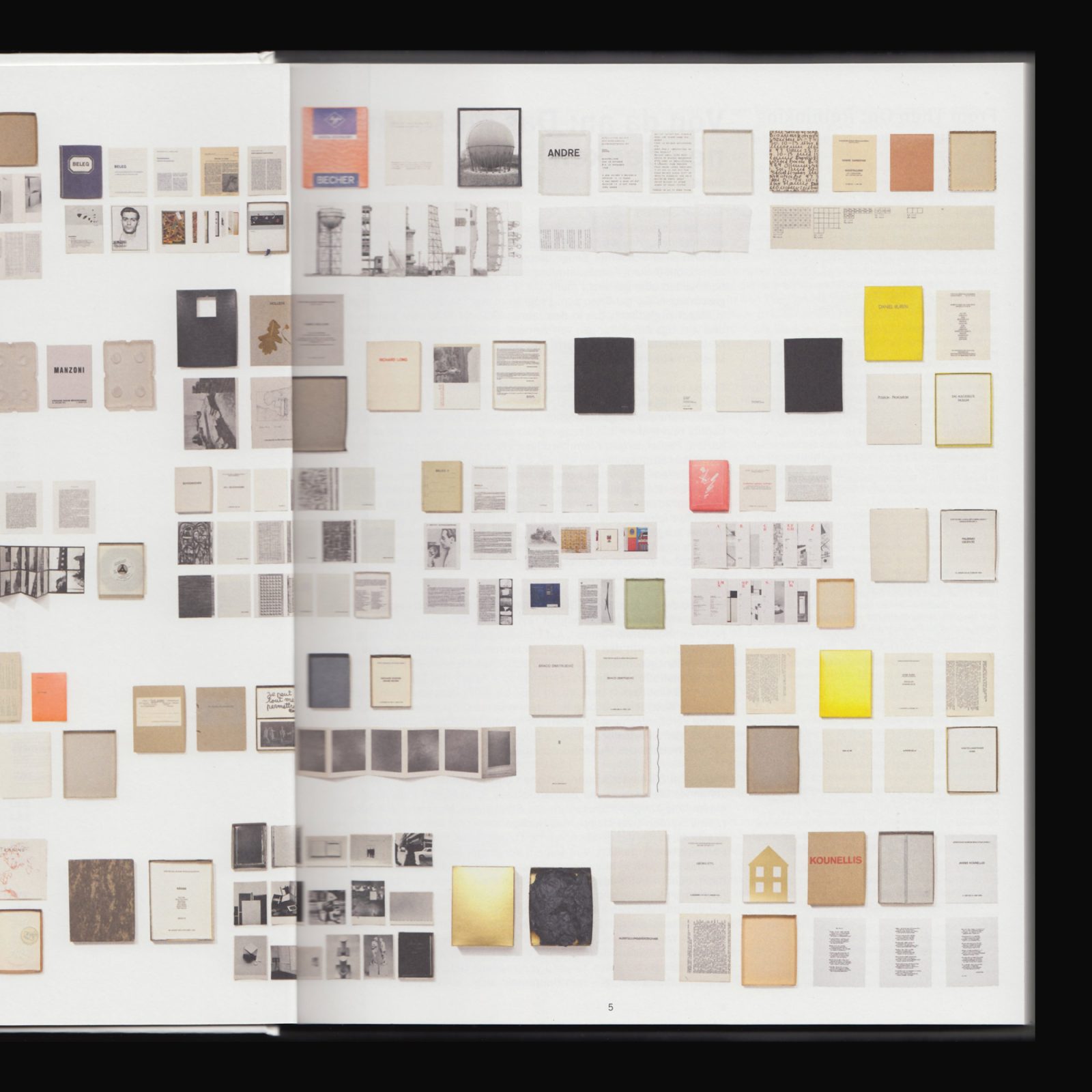
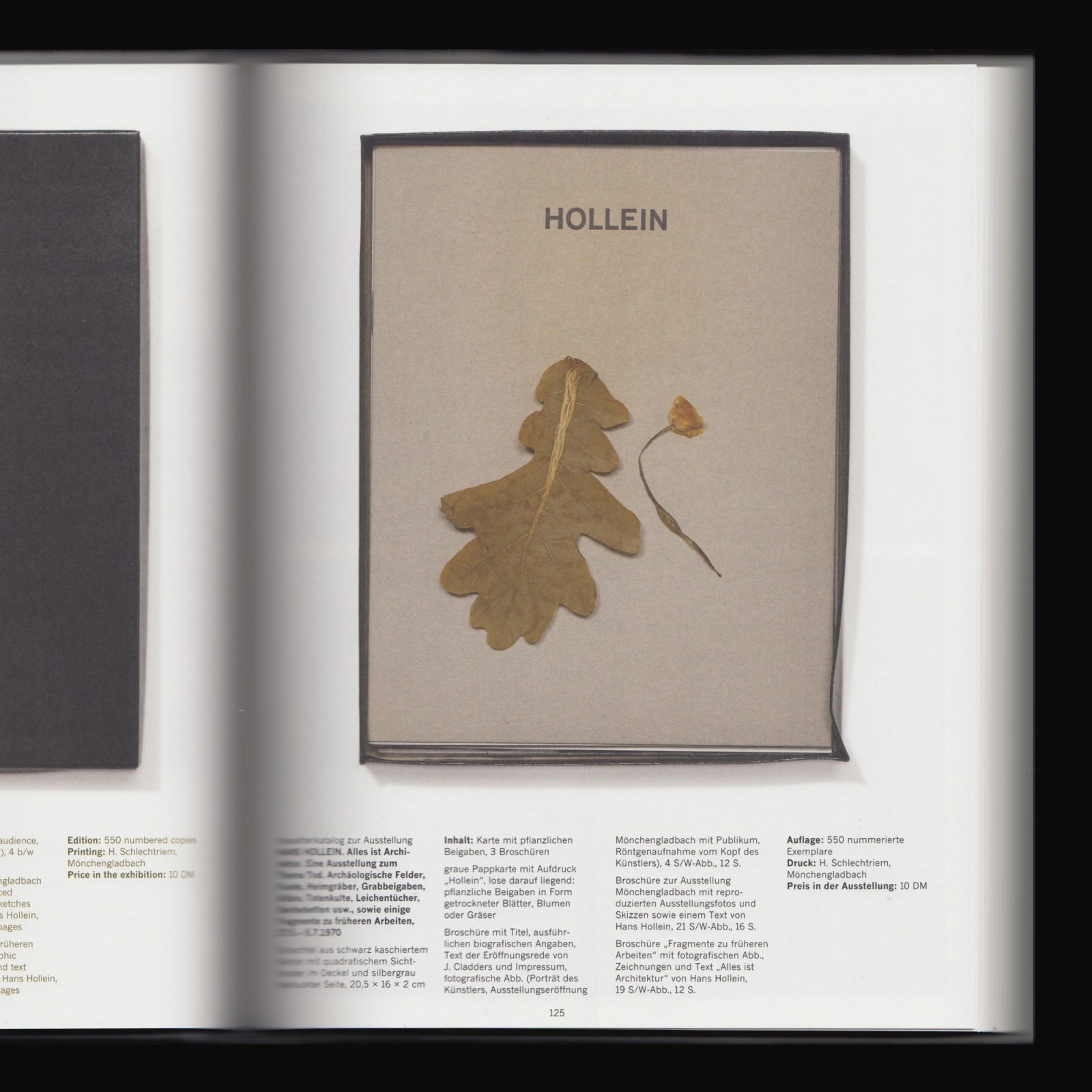
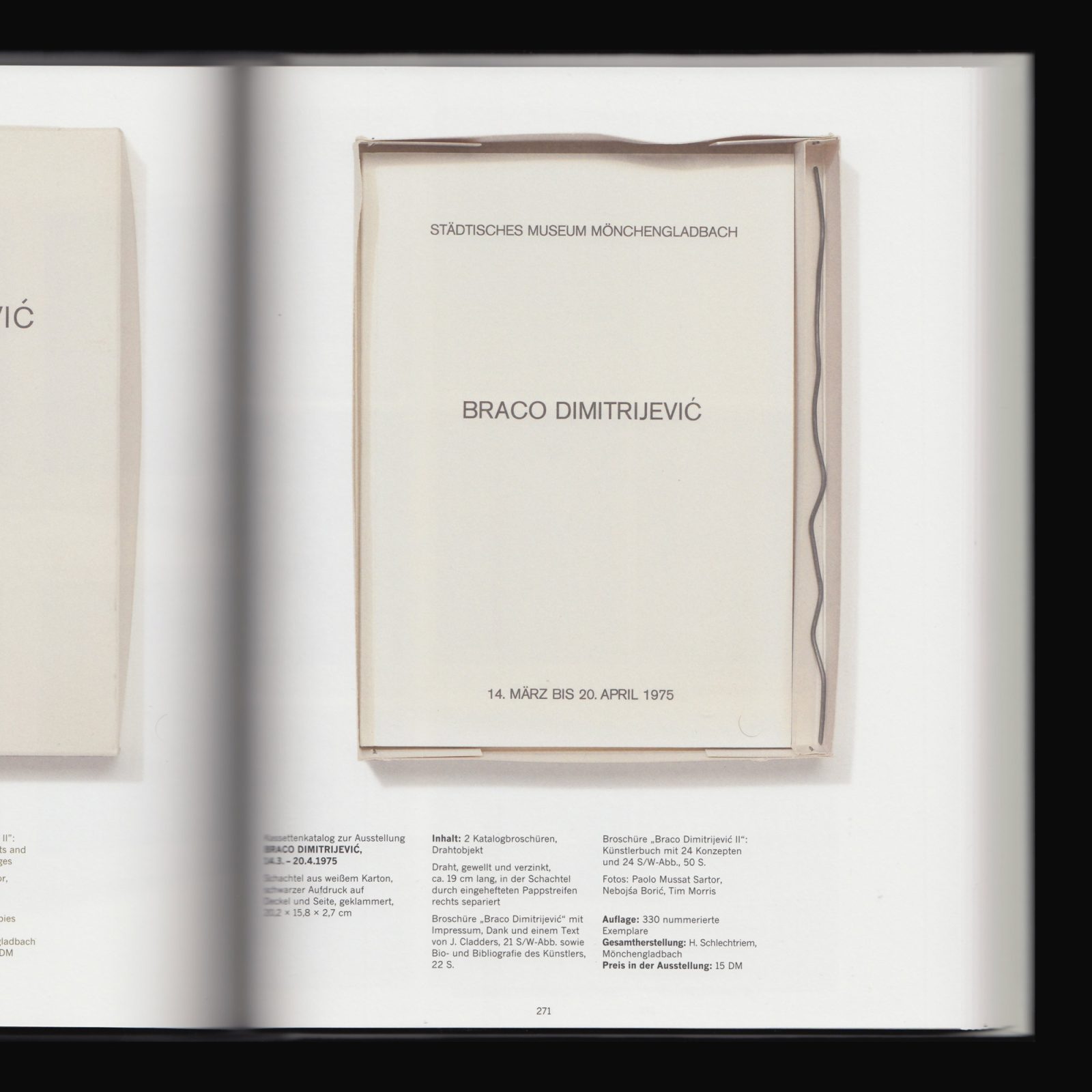
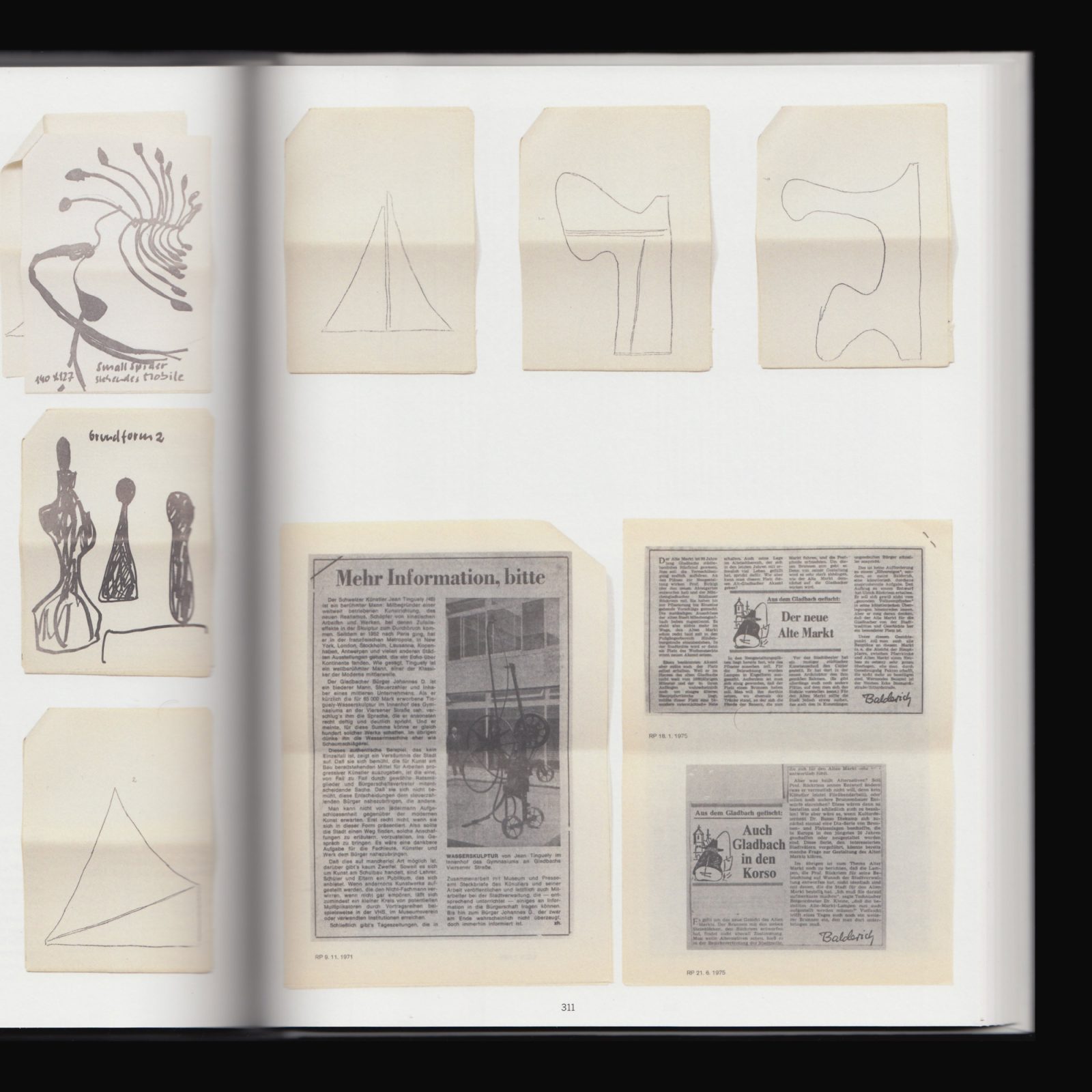
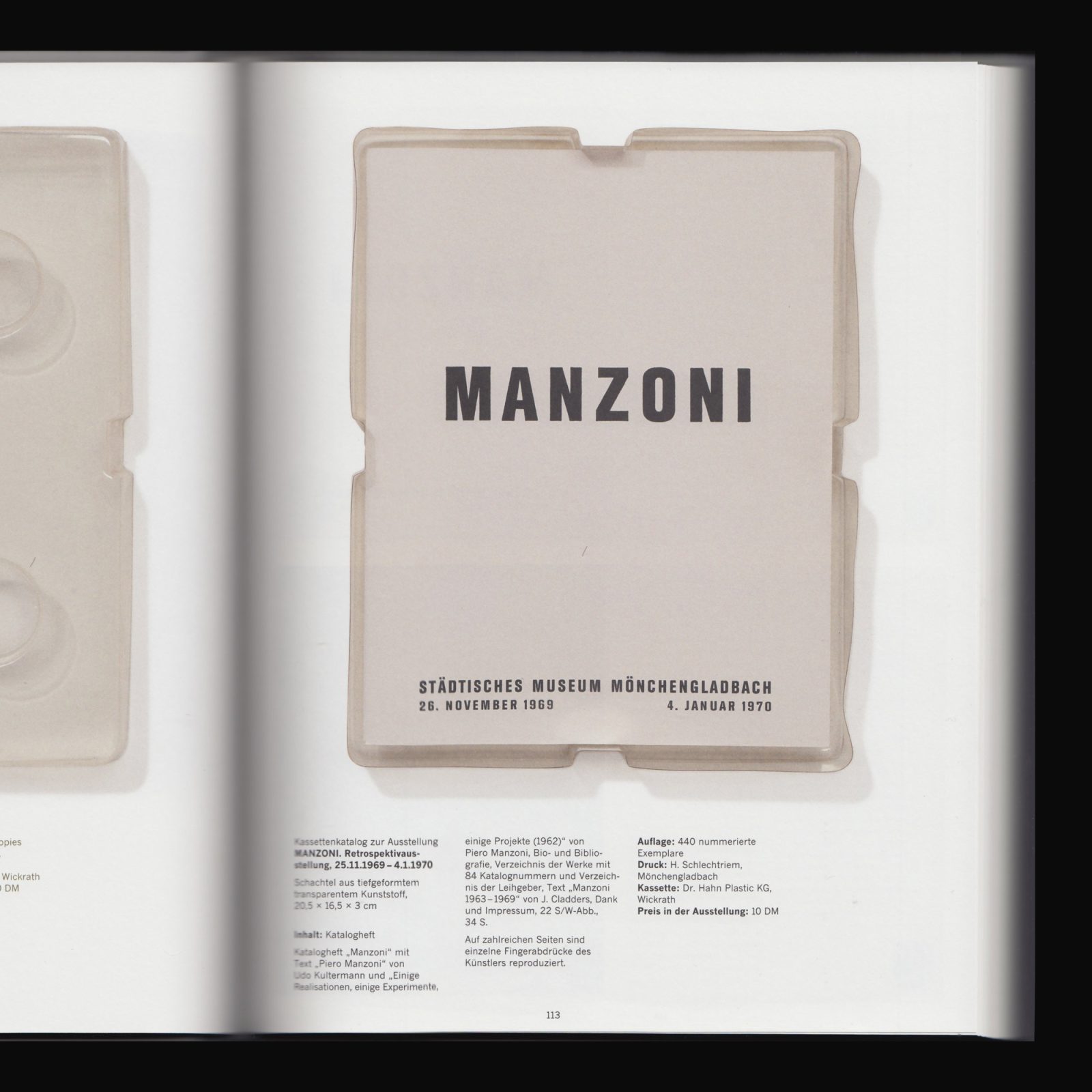
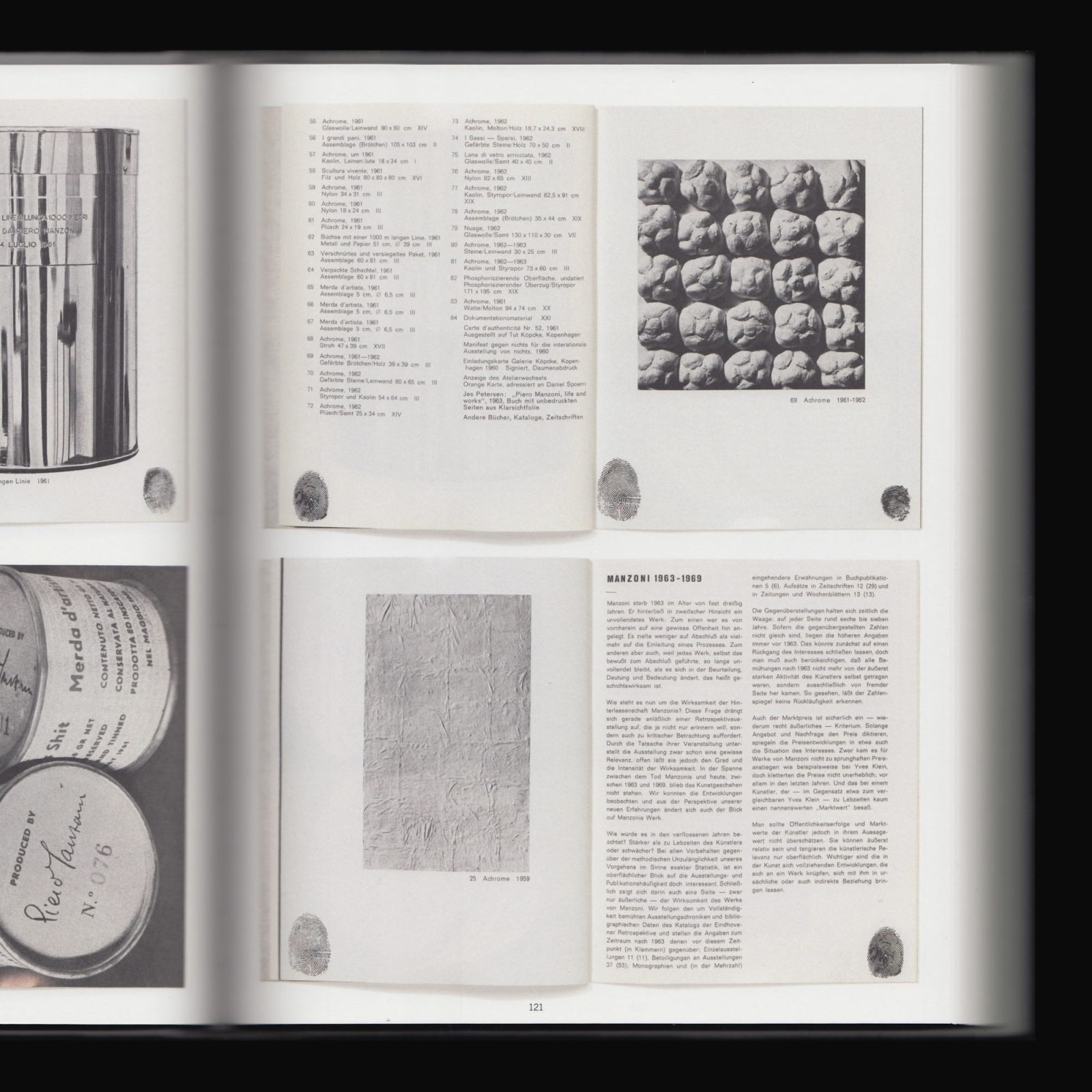
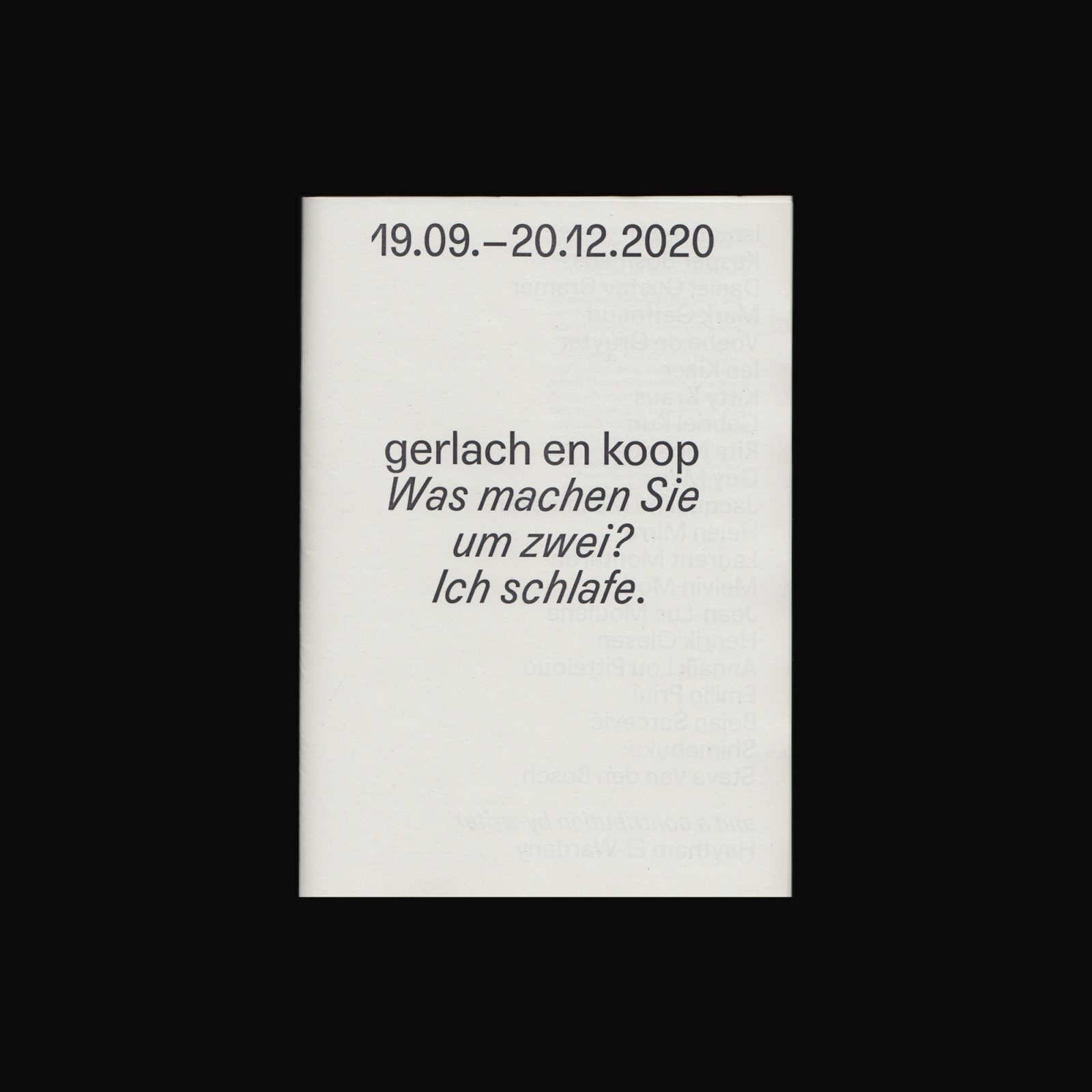
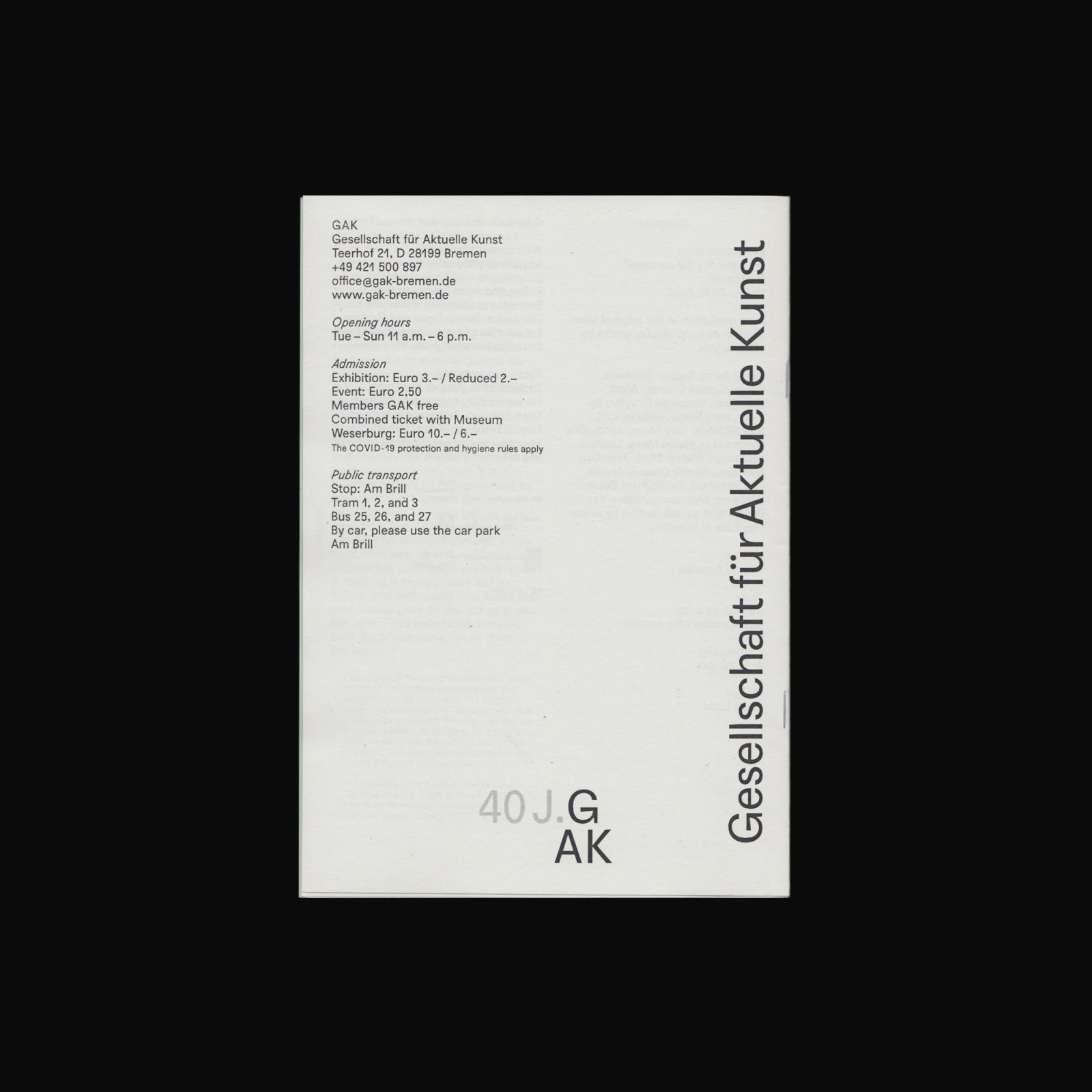
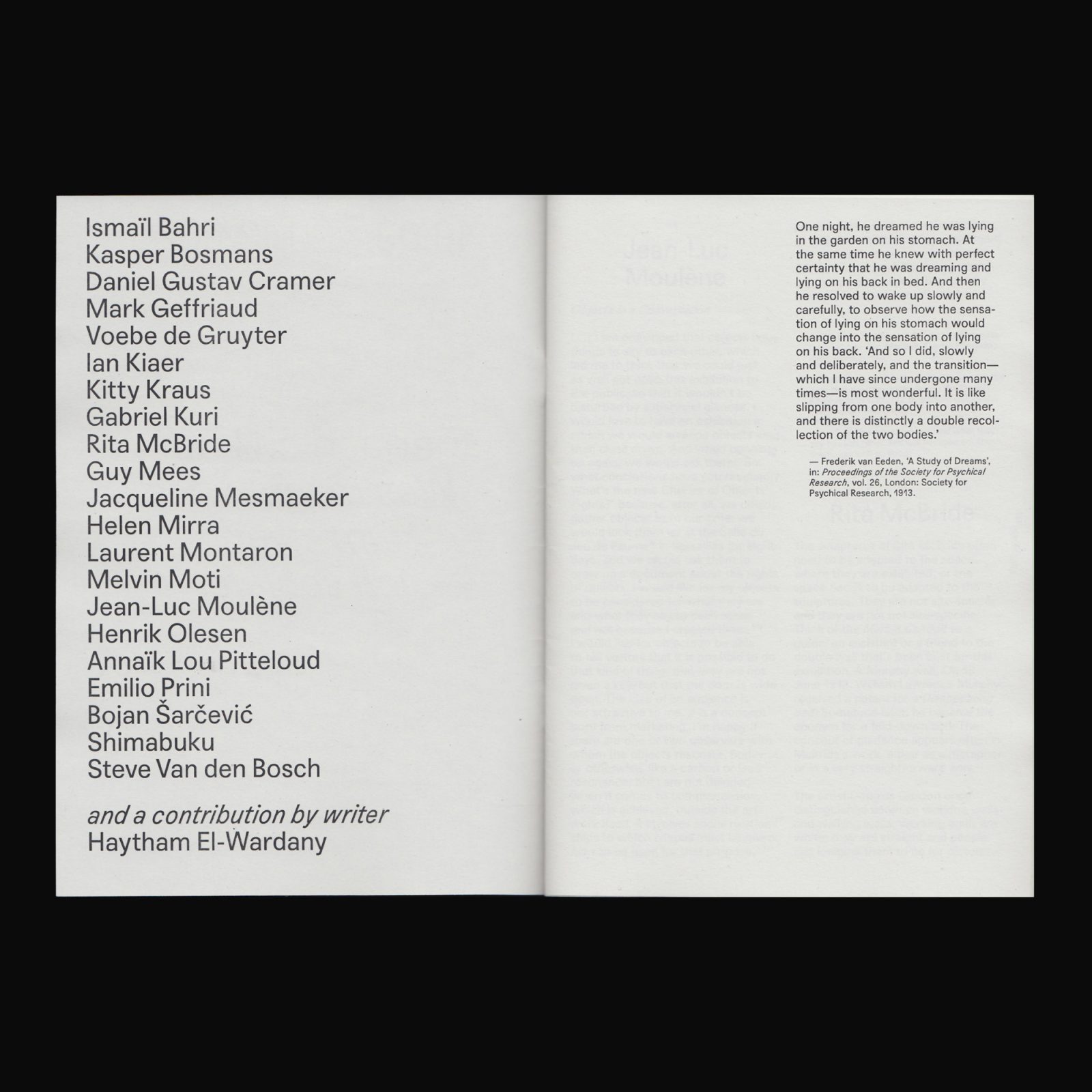
Produced on the occasion of gerlach en koop, Was machen Sie um zwei? Ich schlafe, at the Gesellschaft für Aktuelle Kunst, Bremen, 19 September 2020–28 February, 2021. In an exhibition at the edge of sleep gerlach en koop display works by Ismaïl Bahri, Kasper Bosmans, Daniel Gustav Cramer, Mark Geffriaud, Voebe de Gruyter, Ian Kiaer, Kitty Kraus, Gabriel Kuri, Rita McBride, Guy Mees, Jacqueline Mesmaeker, Helen Mirra, Laurent Montaron, Melvin Moti, Jean-Luc Moulène, Henrik Olesen, Annaïk Lou Pitteloud, Emilio Prini, Bojan Šarčević, Shimabuku, Steve Van den Bosch, and a contribution by writer Haytham El-Wardany
Available to download here.
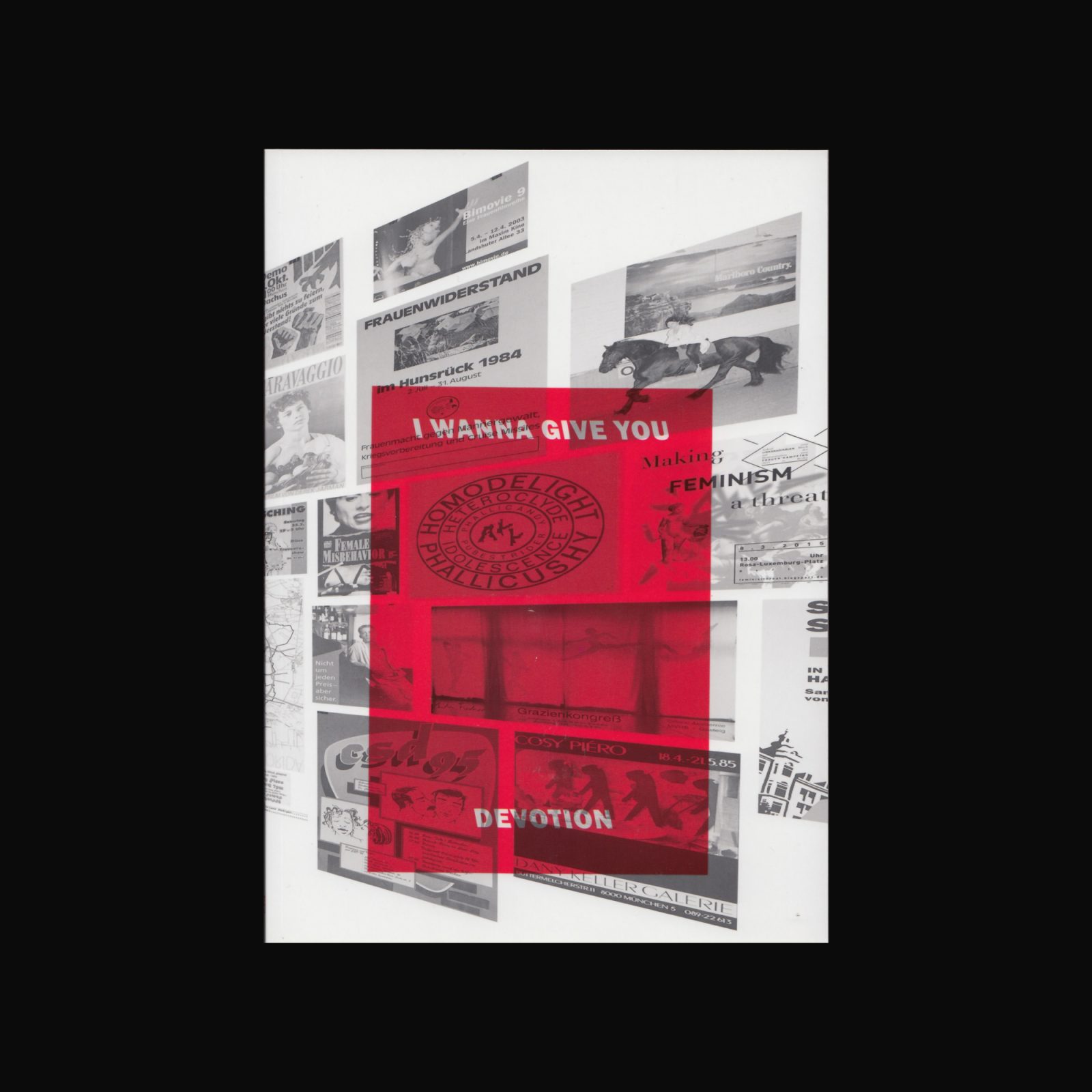
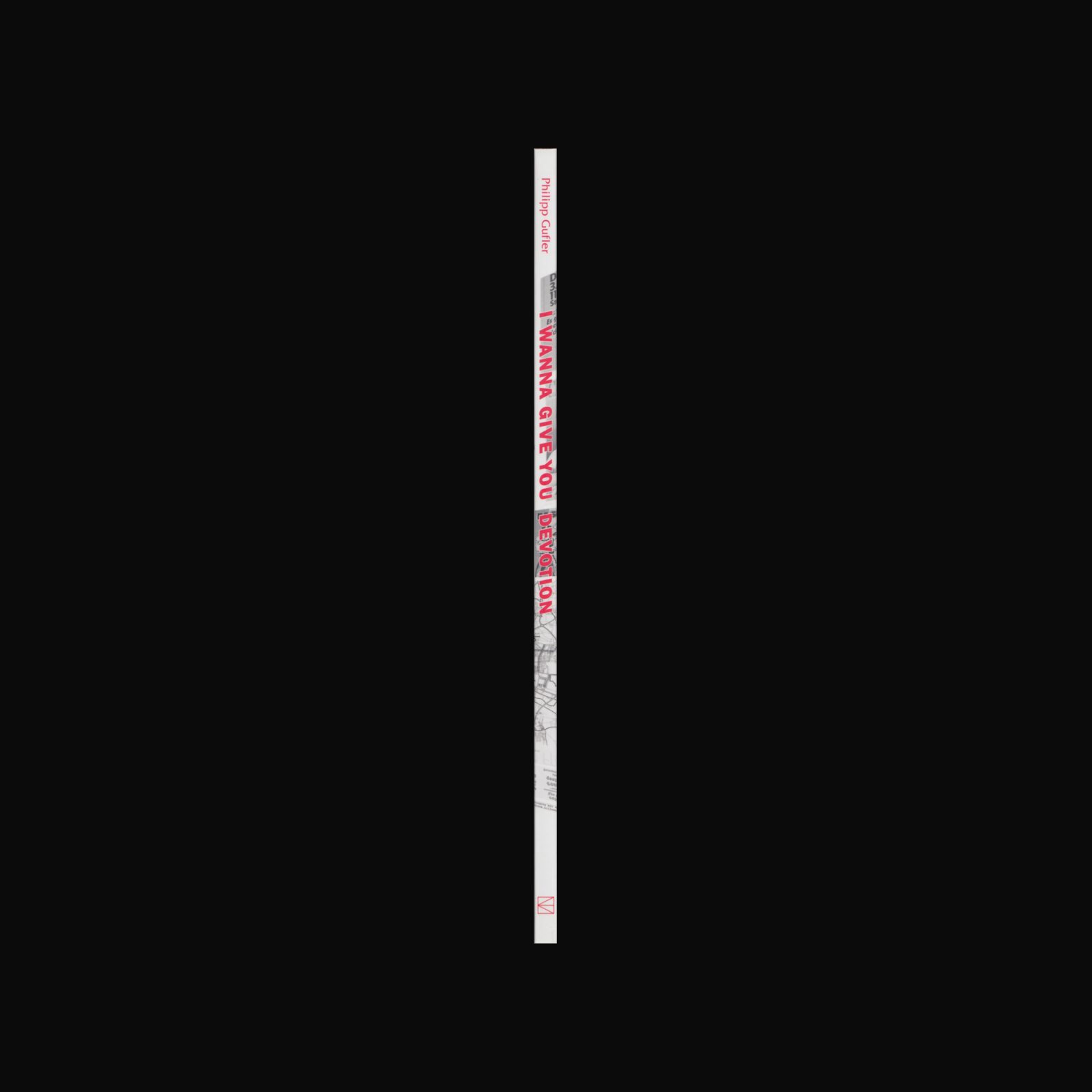
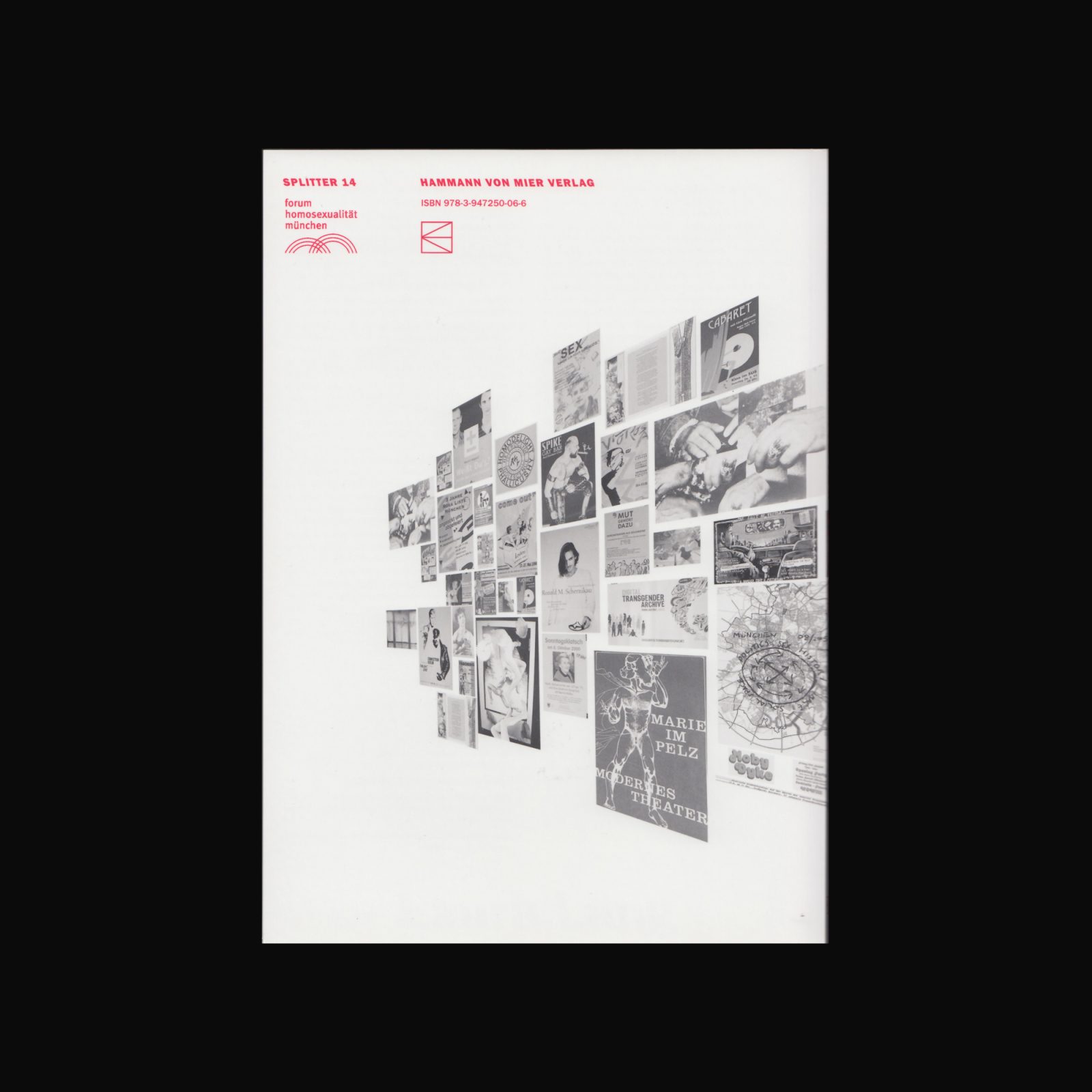
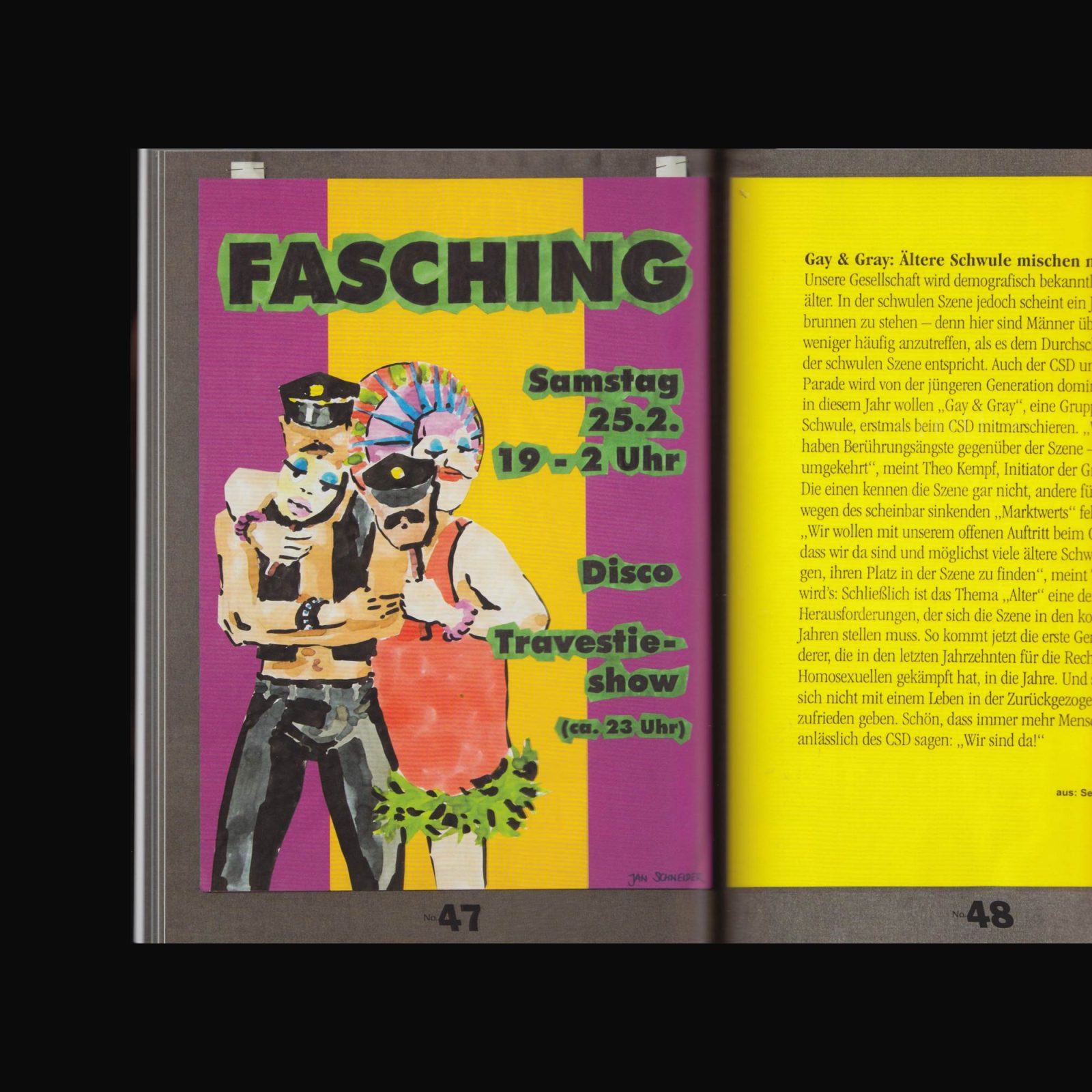
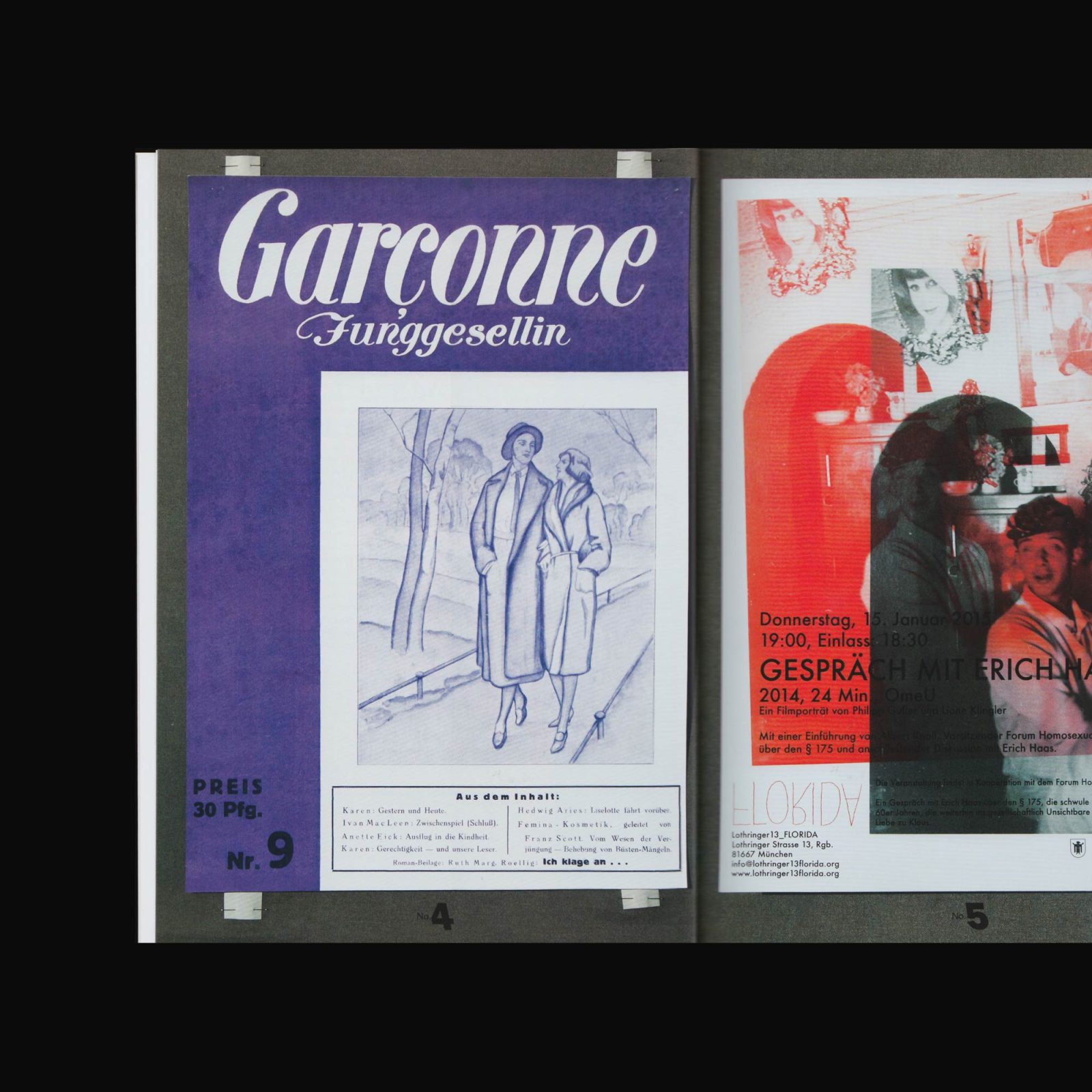
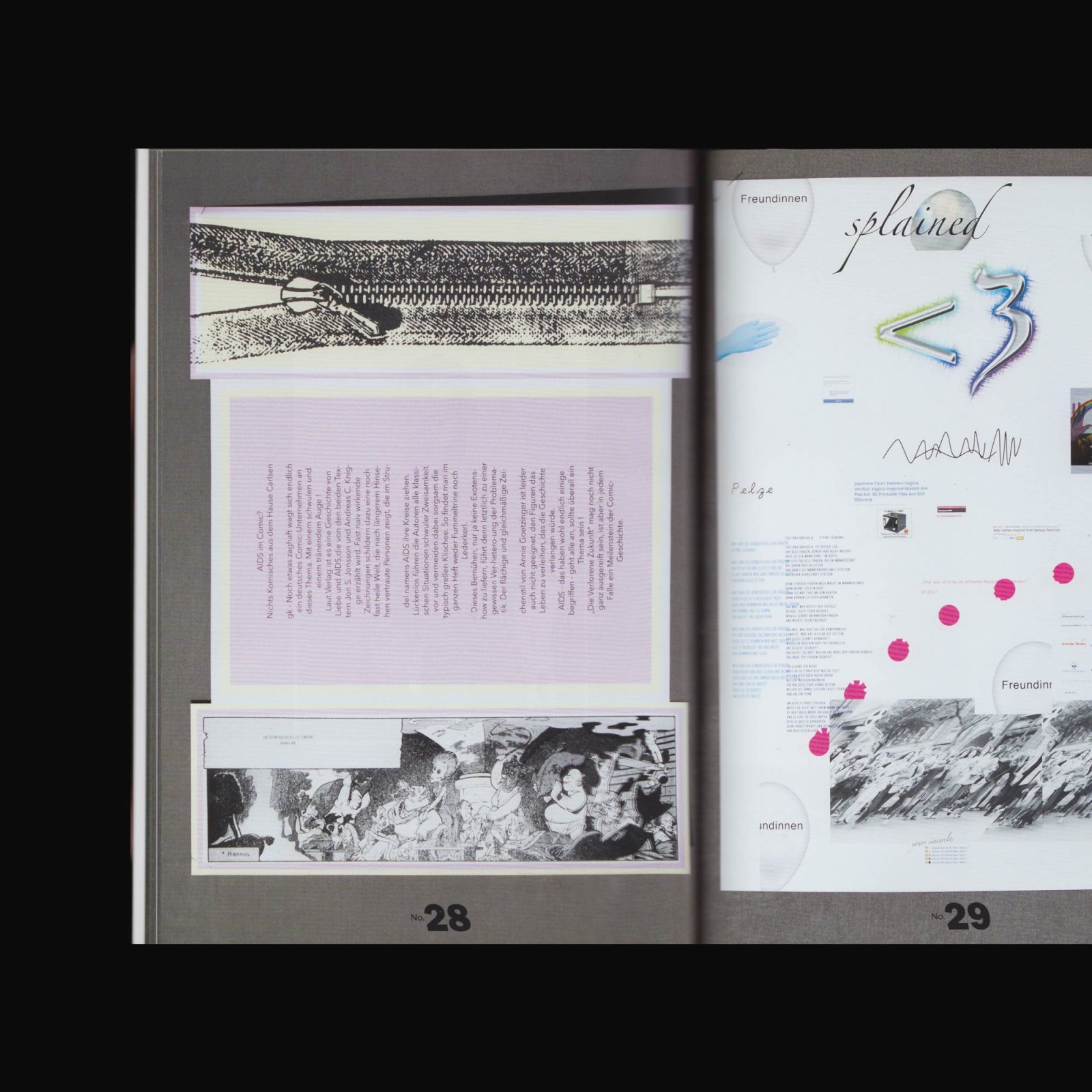
Philipp Gufler realised the installation I Wanna Give You Devotion in cooperation with the self-organized archive Forum Queeres Archiv München. The key element is the poster collection of the forum. The artist books combines historical posters/flyers and works by 29 artists and collectives, who Gufler specifically invited in order to question, actualize and expand on the poster collection.
With new posters by: Muriel Aichberger, Tabea Blumenschein, Virág Bogyó, Johannes Büttner, Cinenova Working Group, Fernando Corona, Stephan Dillemuth, Holger Dreissig, Johannes Fedisch, Philipp Gufler, Hammann von Mier, Leo Heinik, Vera Hofmann, Richard John Jones, Isaac Julien, Byron Kalomamas, Chris Kraus, Kriwet, Lothringer13_Florida, Sands Murray-Wassink, Gyula Muskovics, Anna McCarthy, Mirja Reuter, Paola Revenioti, Barbara Spiller, Angela Stiegler, Evelyn Taocheng Wang, Maria VMier, Raphaela Vogel and XPatch Collective.
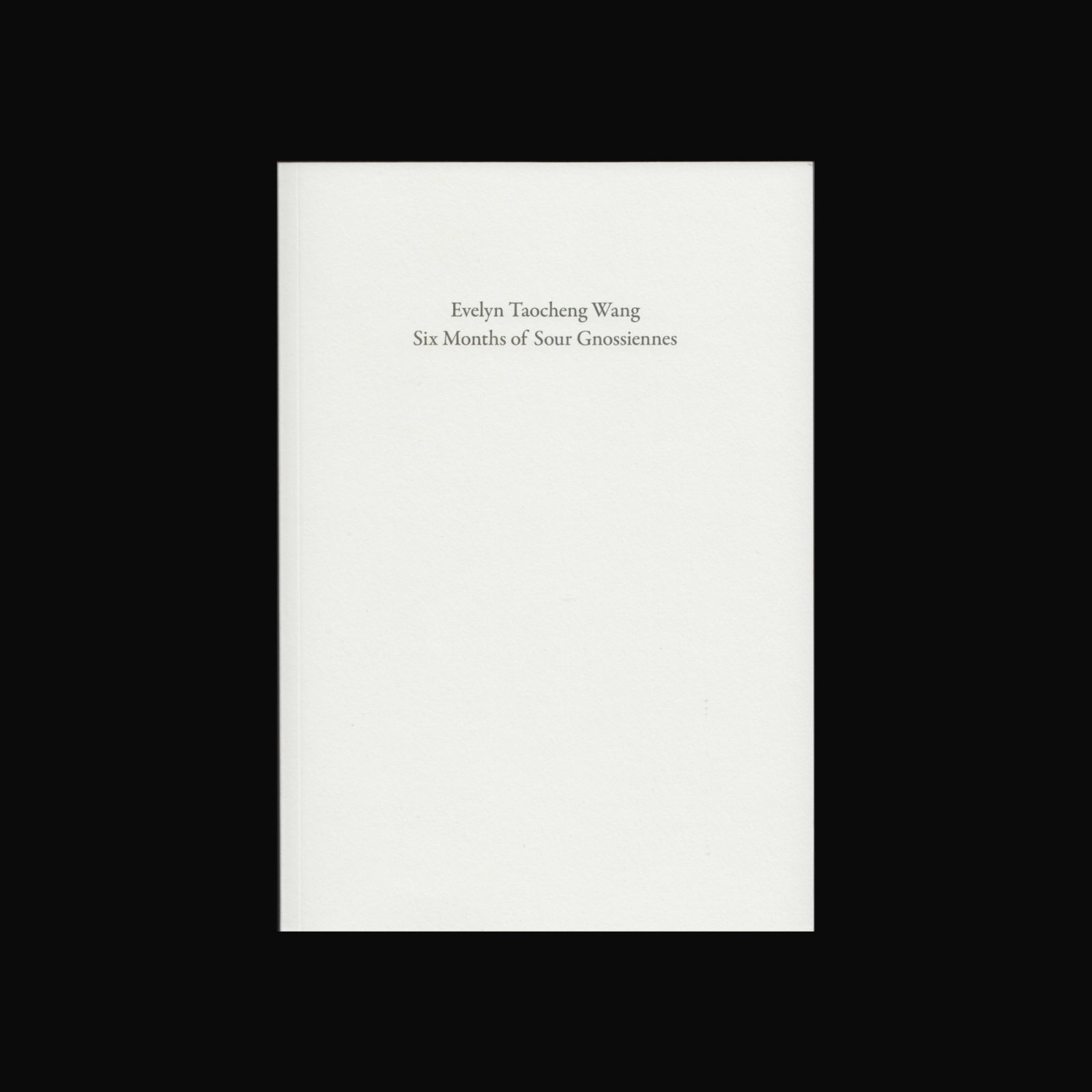
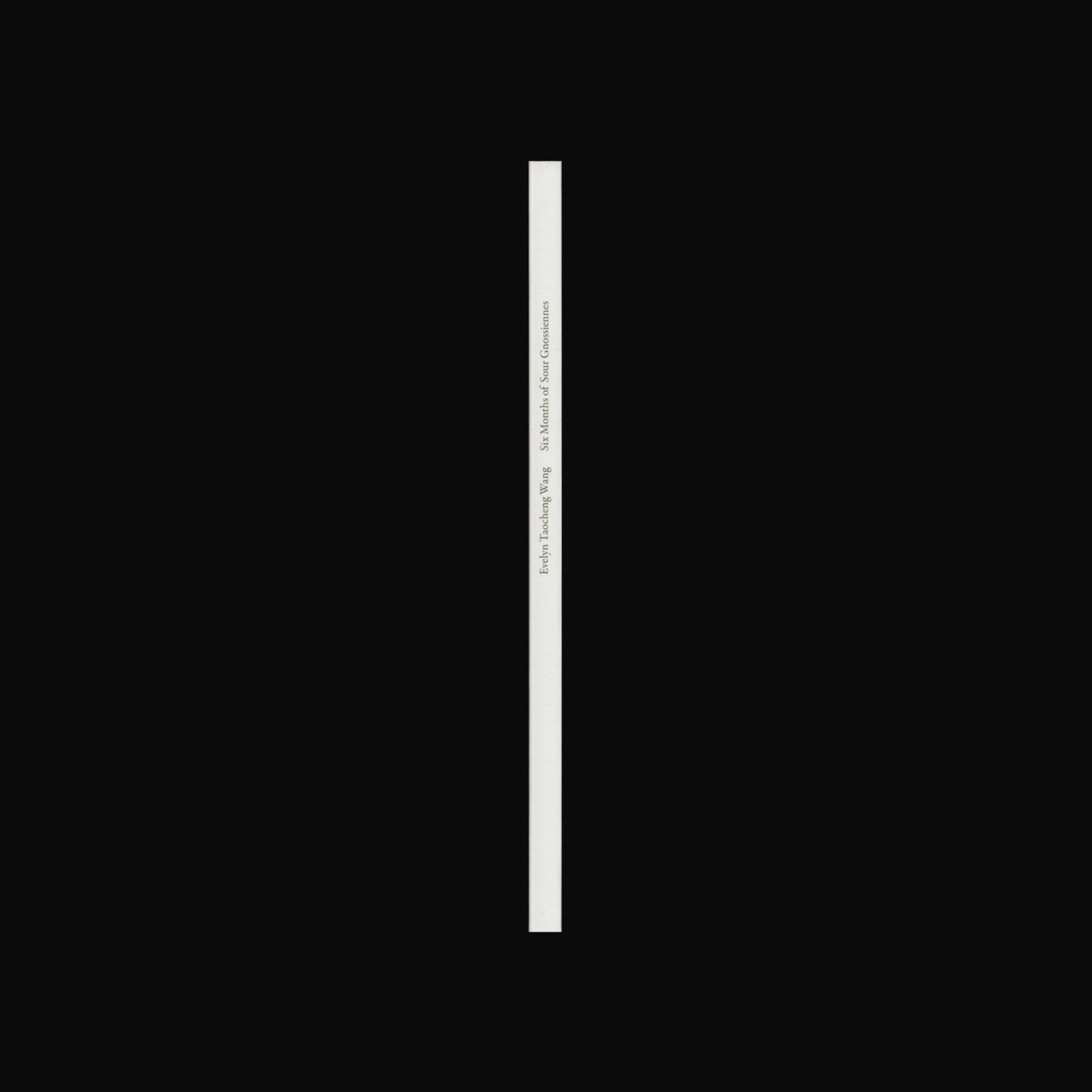
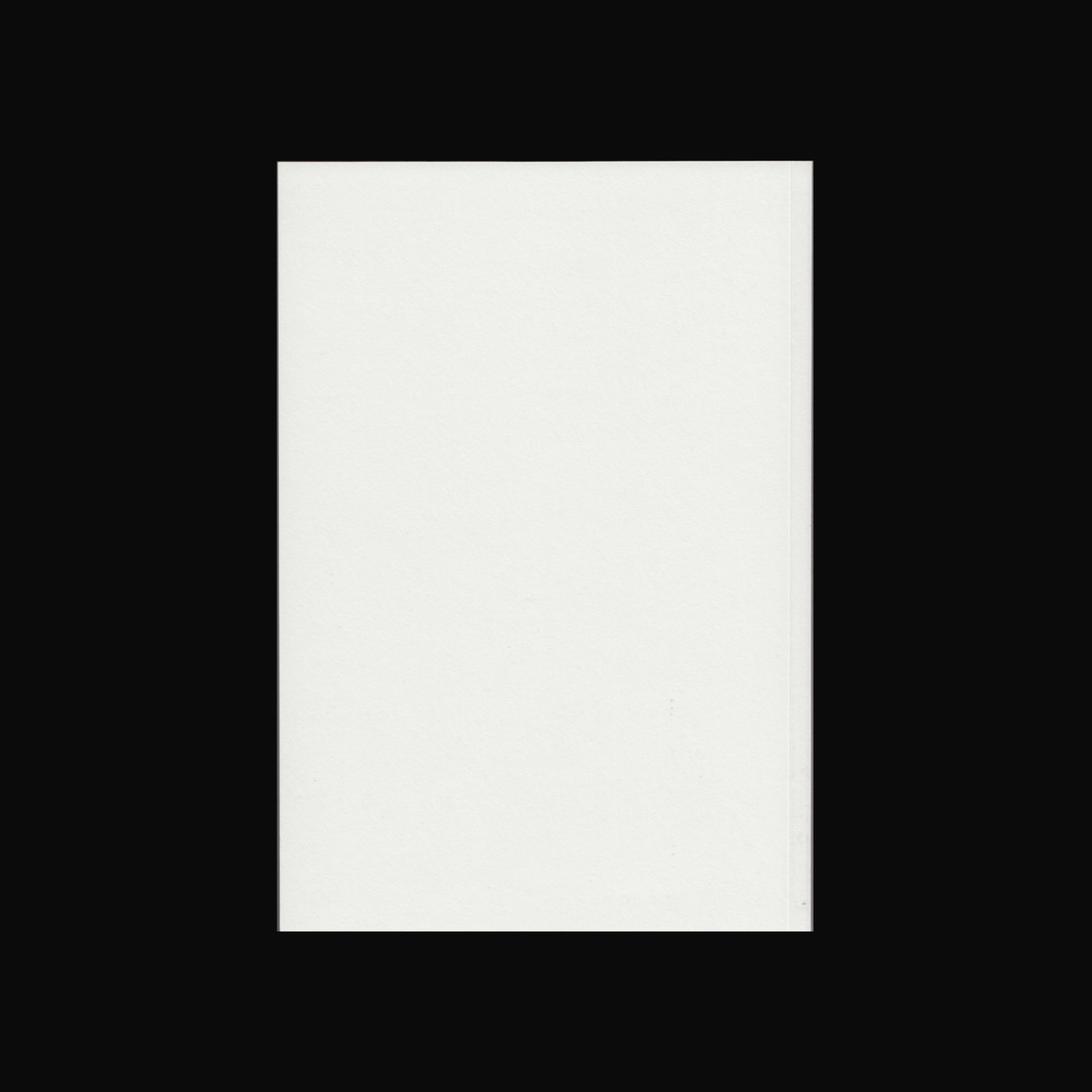
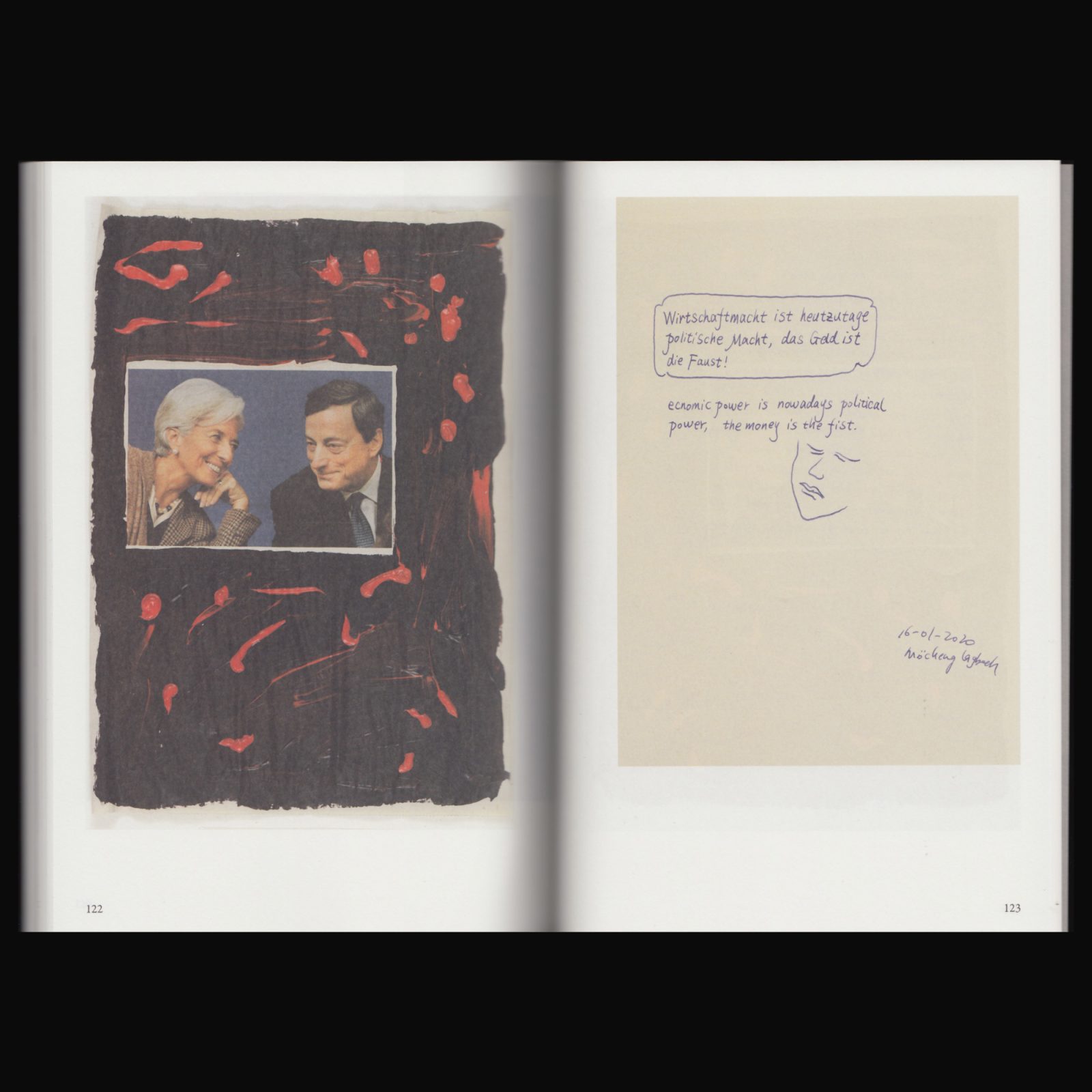
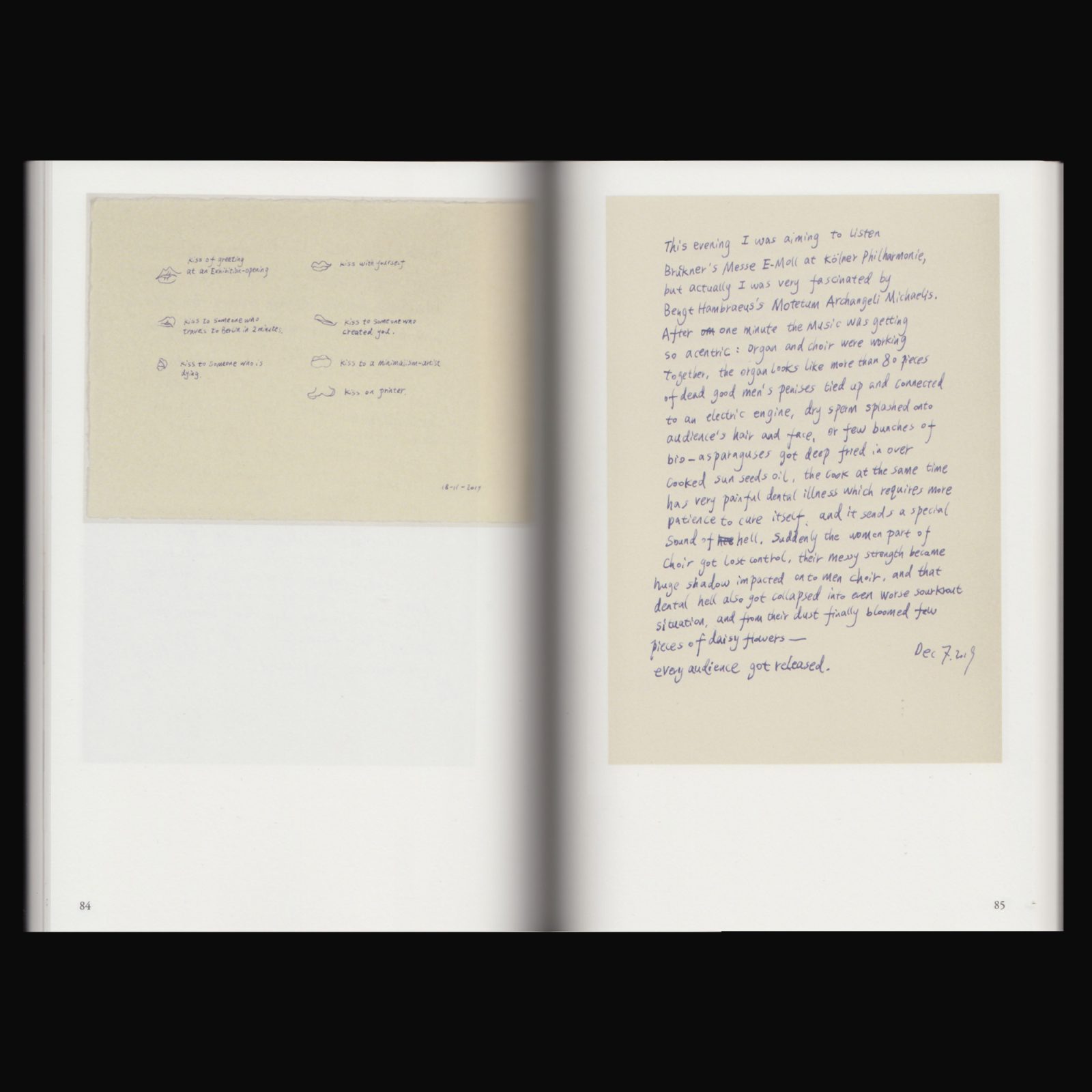
Produced on the occasion of Evelyn Taocheng Wang’s residency and subsequent exhibition Sour Gnossiennes at the Städtisches Museum Abteiberg, 23 August–25 October, 2020.
During her six-month stay in Mönchengladbach, the artist developed a new body of work that consists of a series of drawings. The exhibition title refers to the small, poetic piano pieces by the French composer Erik Satie (1866–1925). Their melancholic mood reminds Evelyn Taocheng Wang of people quietly waiting for their bus on a grey and rainy day.
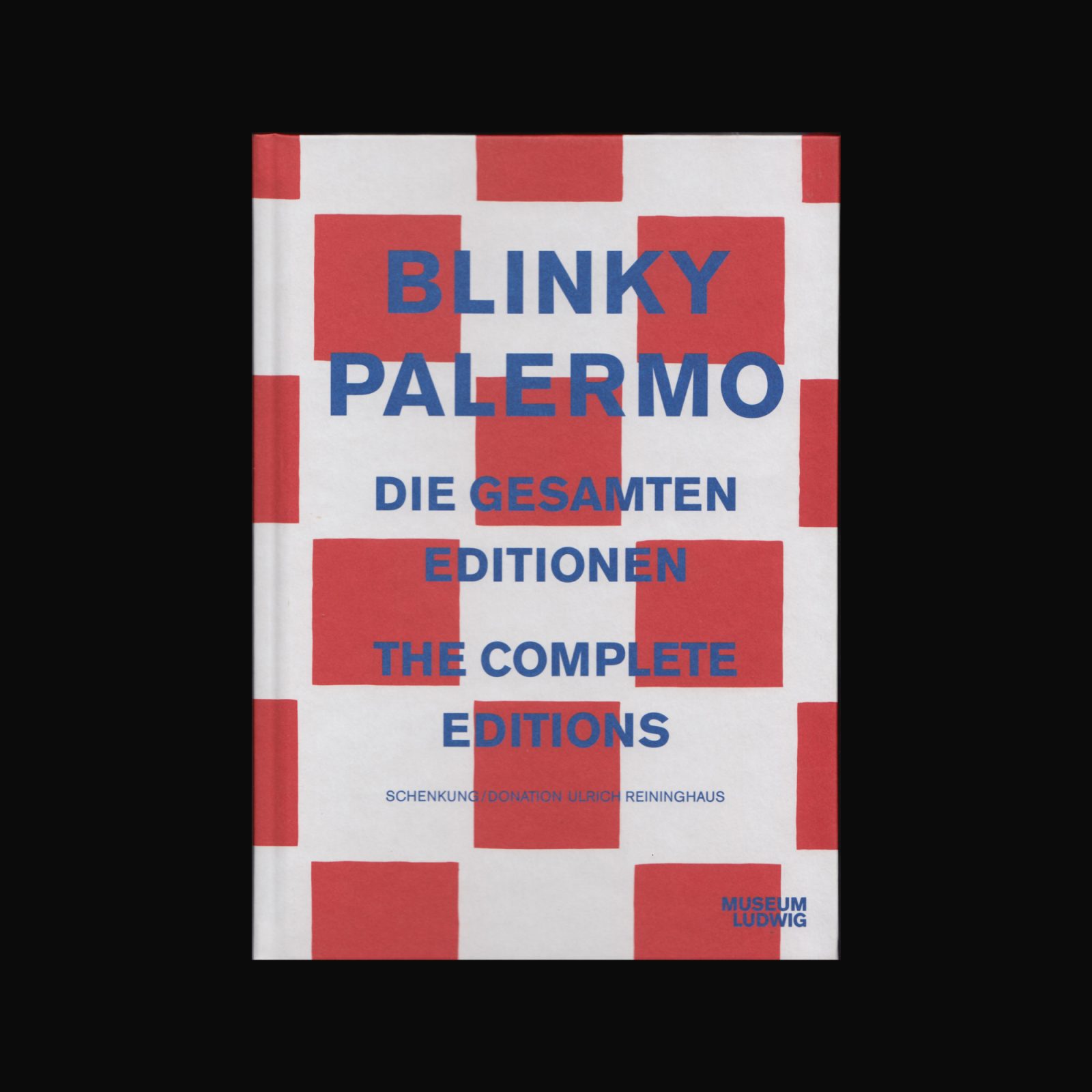
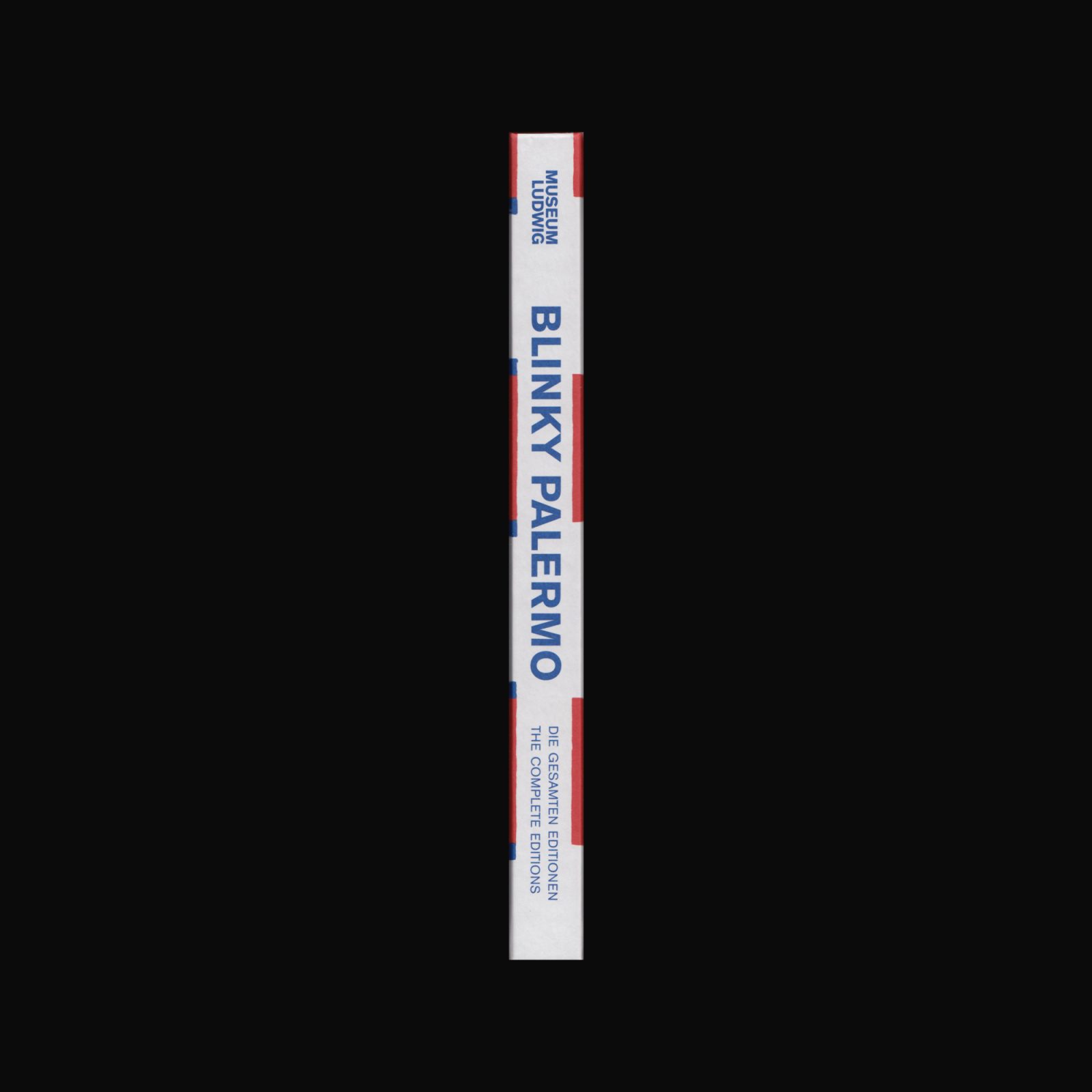
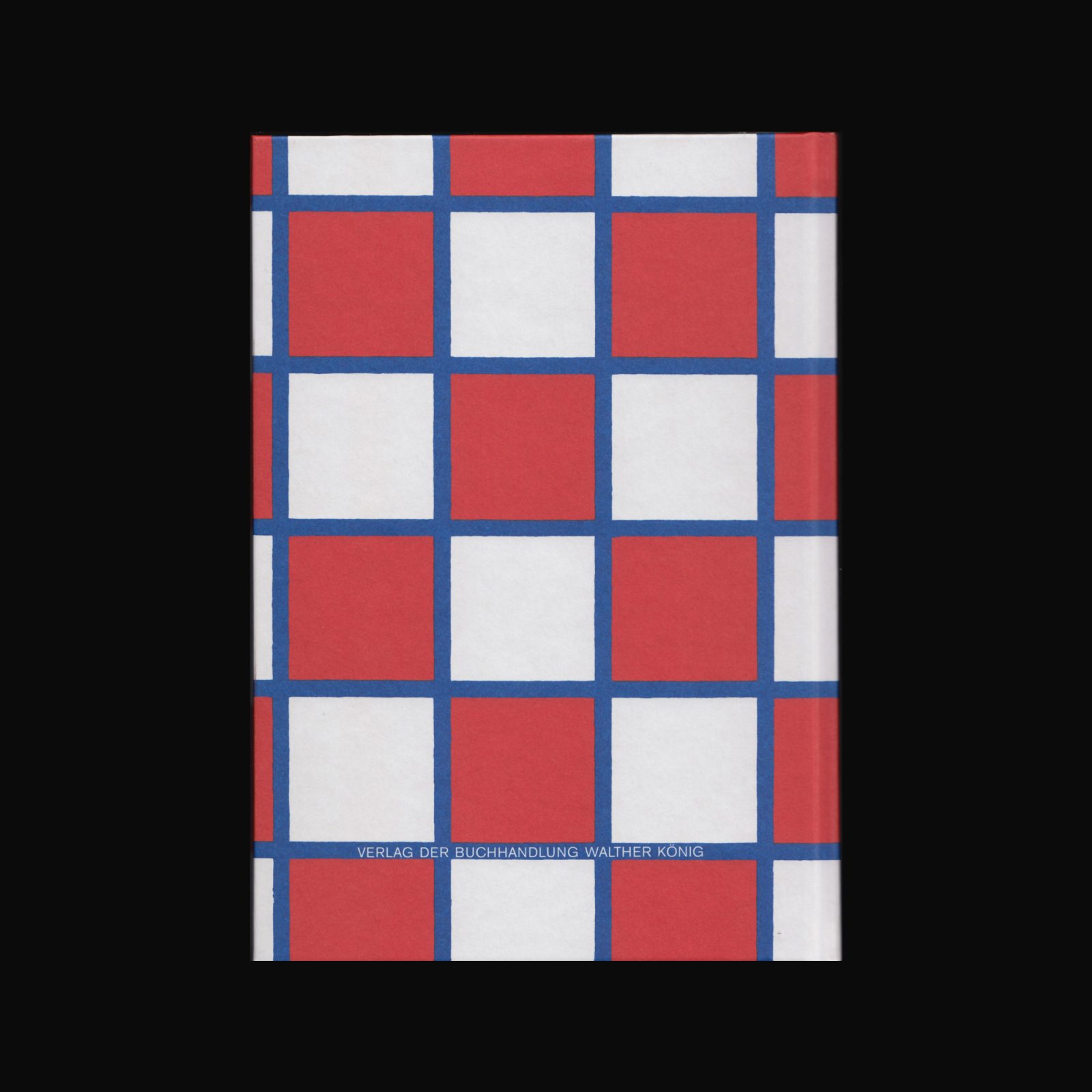
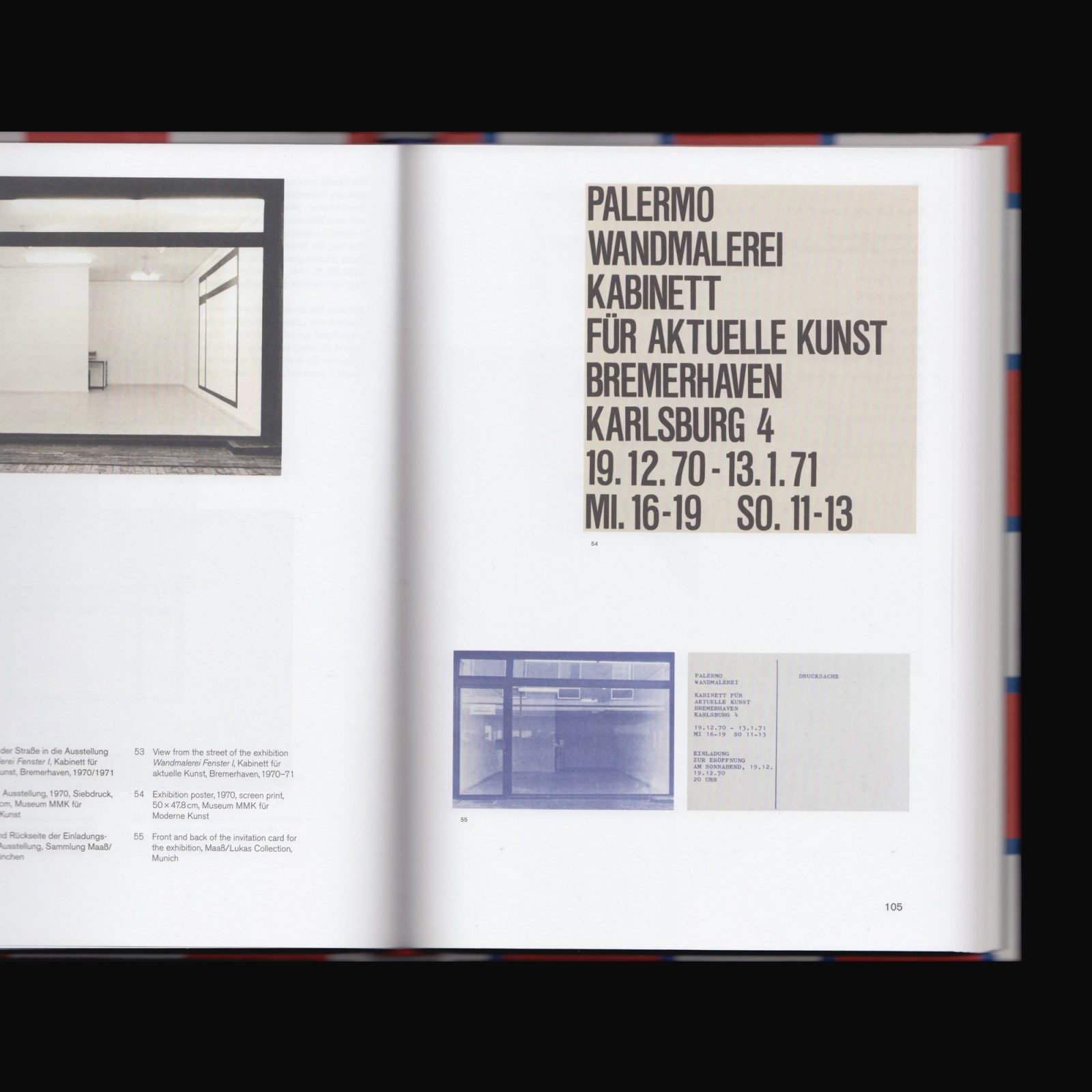
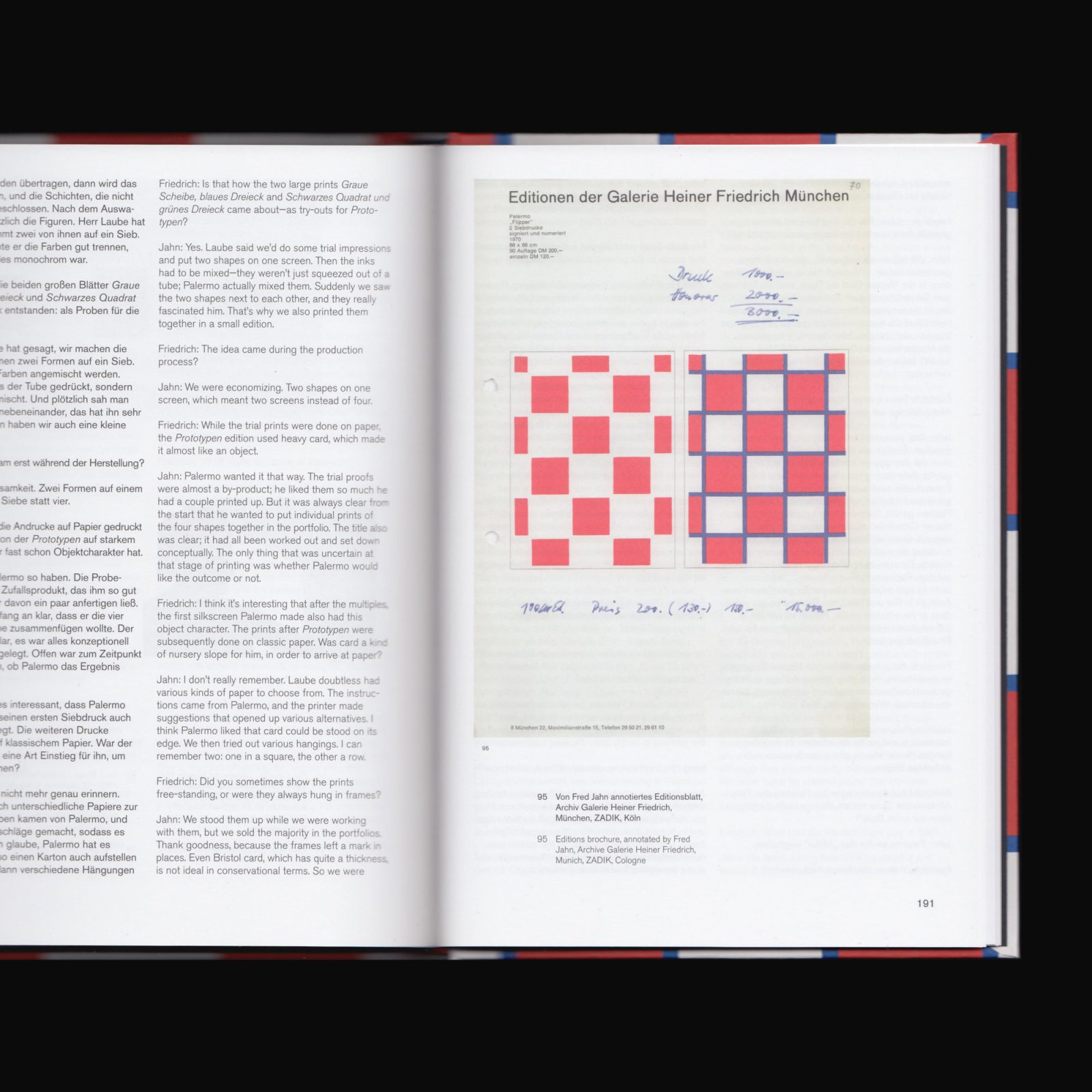
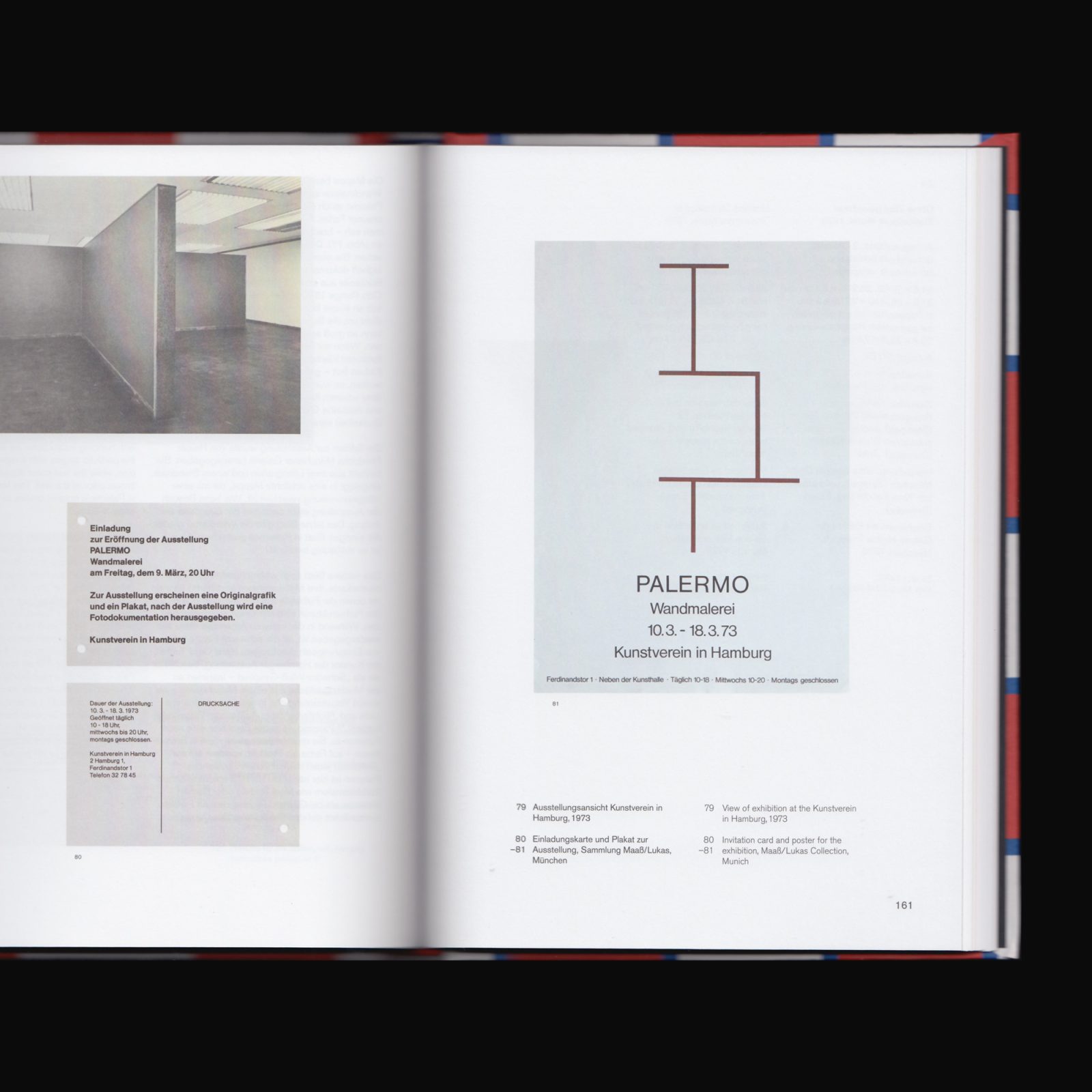
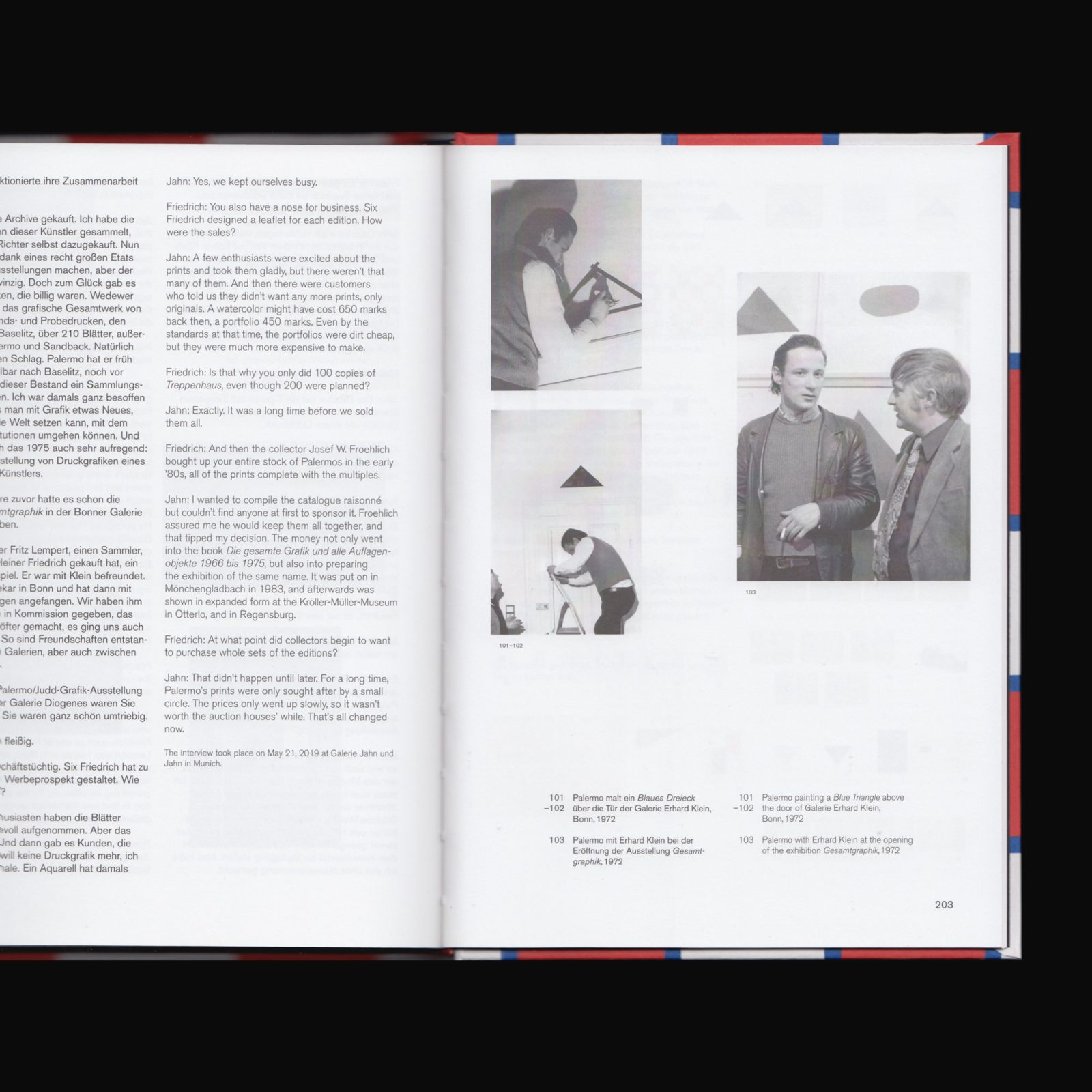
Blinky Palermo, is known for his large fabric and metal pictures as well as his objects and installations. Less well known, yet no less interesting, are the works he created in editions: screen prints and offset prints, lithographs, objects, and a template for painting. In their entirety, these works not only reflect Palermo’s development from the 1960s to his early death in 1977, but also show how the artist deliberately expanded his work with the possibilities of technical reproduction. Thanks to a donation from the Cologne collector Ulrich Reininghaus, in 2018 a complete set of Palermo’s editions became part of the Museum Ludwig’s collection. After having been subject to an in-depth scholarly research, they will now be presented in an exhibition for the first time. This exhibition catalogue also includes an updated version of Fred Jahn’s out-of-print catalogue raisonné from 1983.
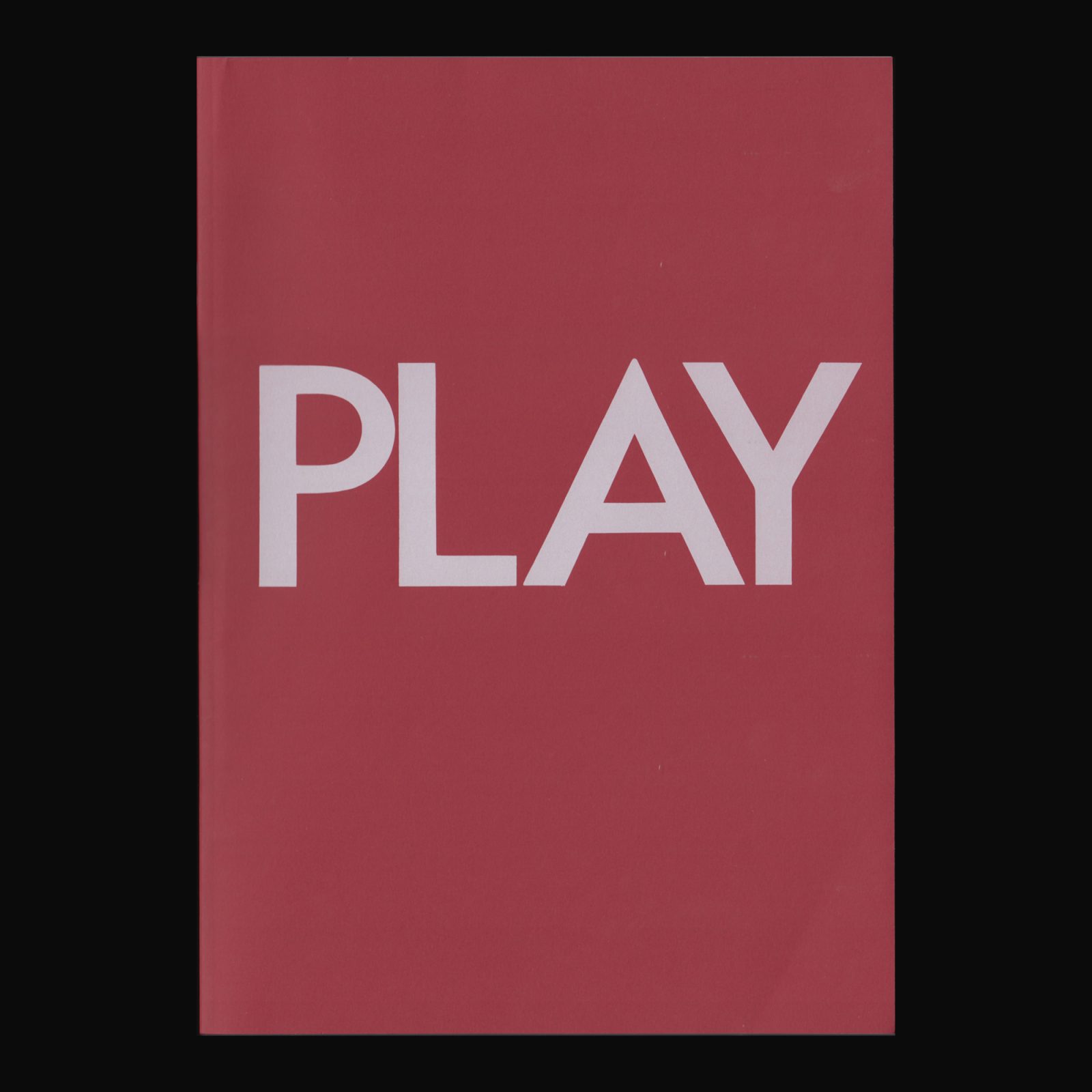
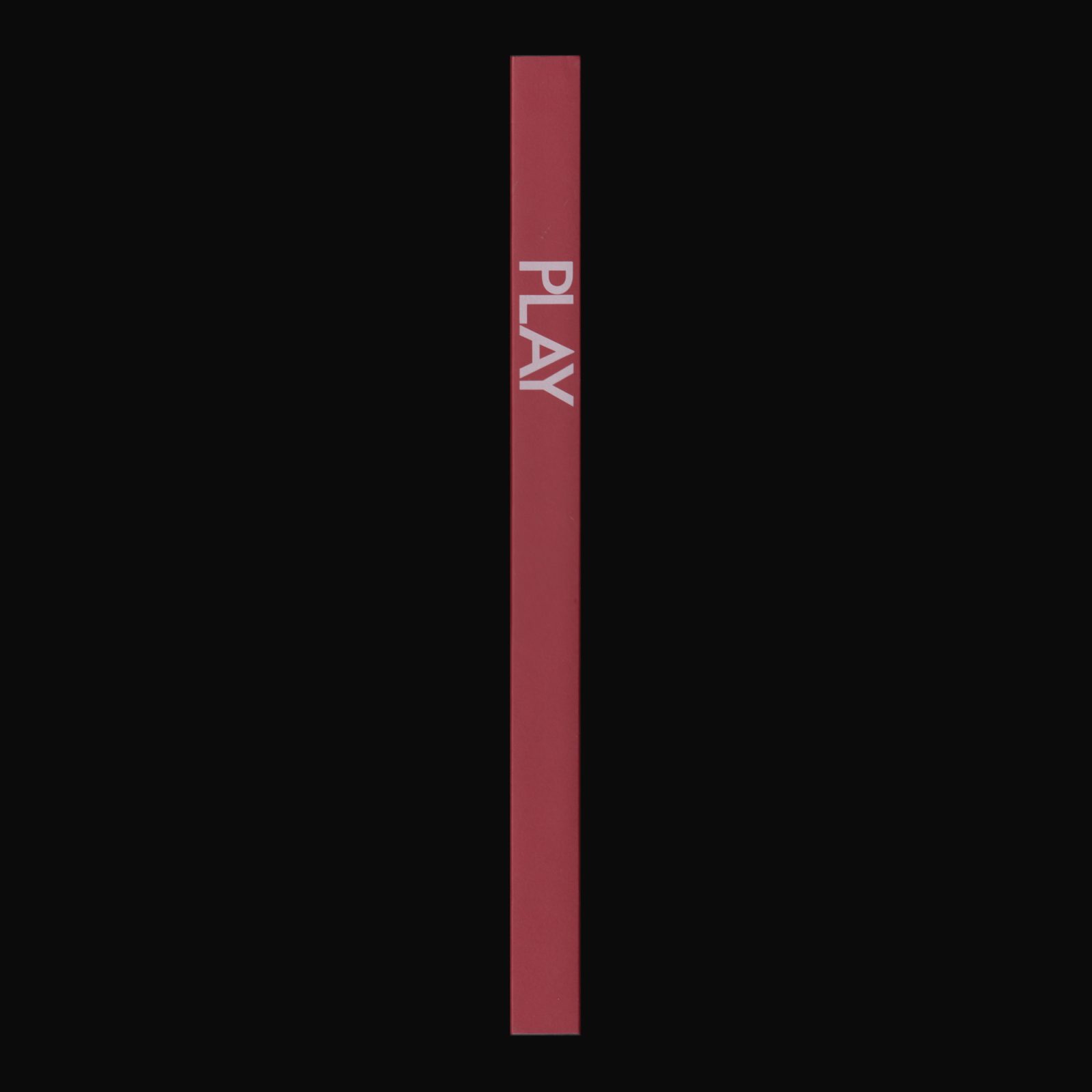
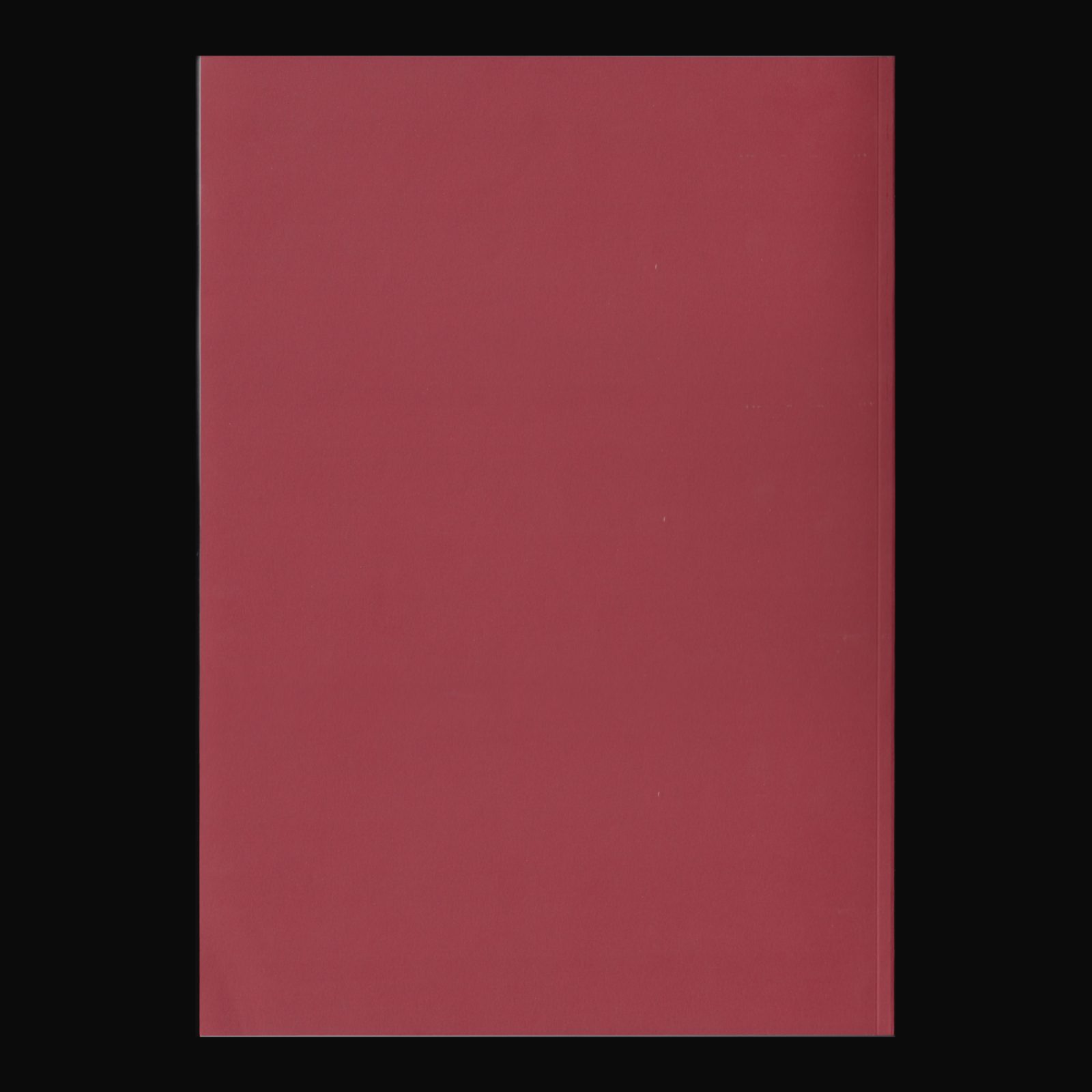
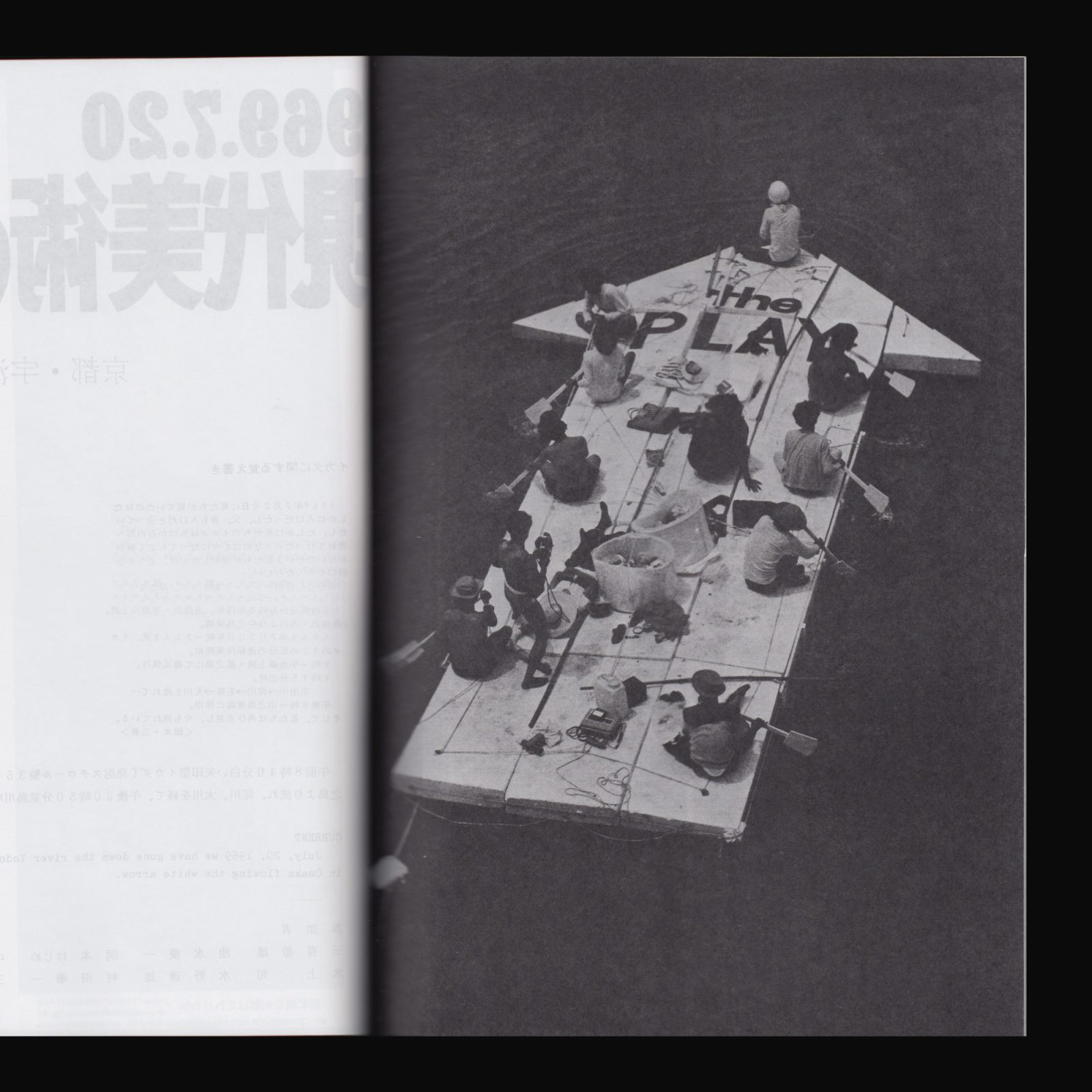
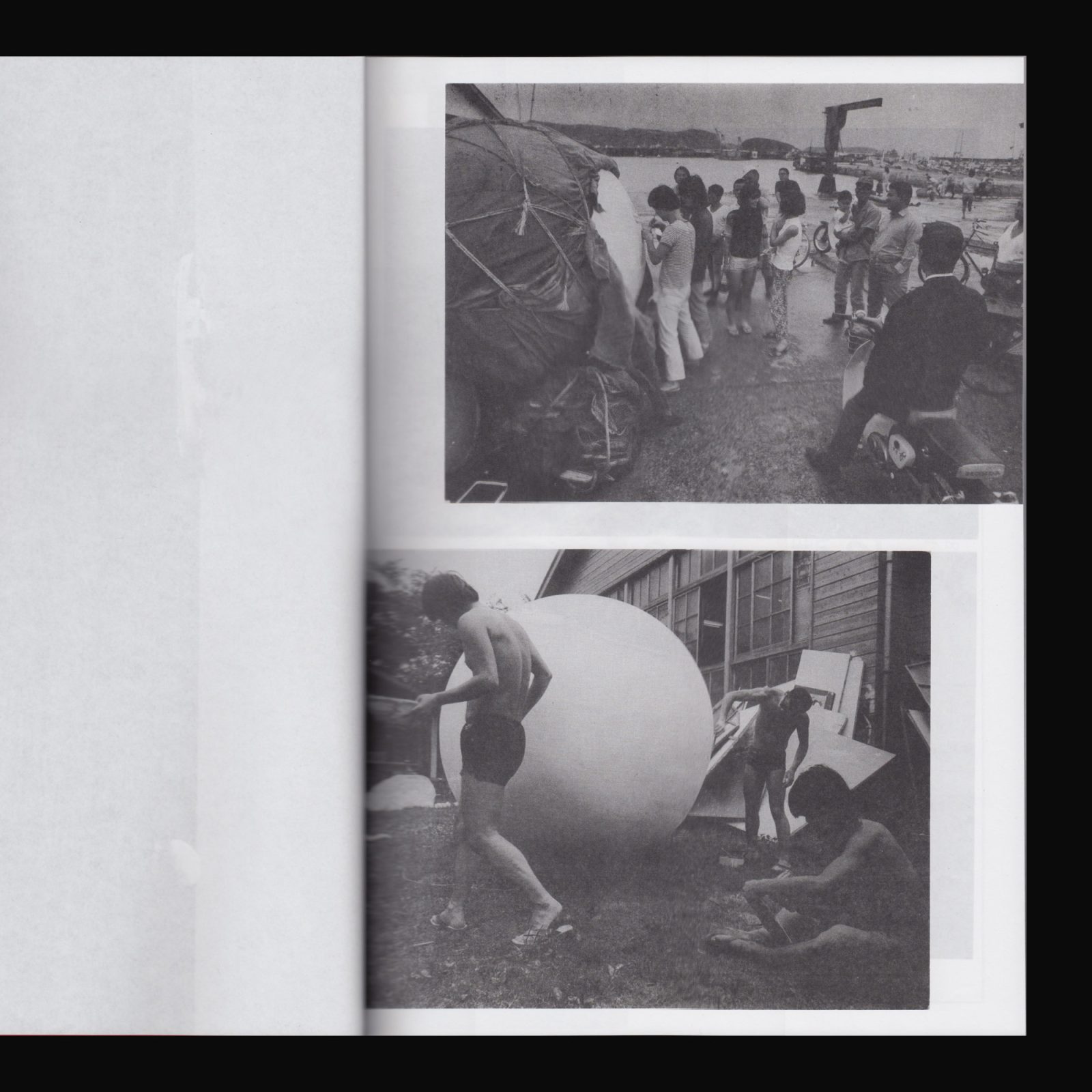
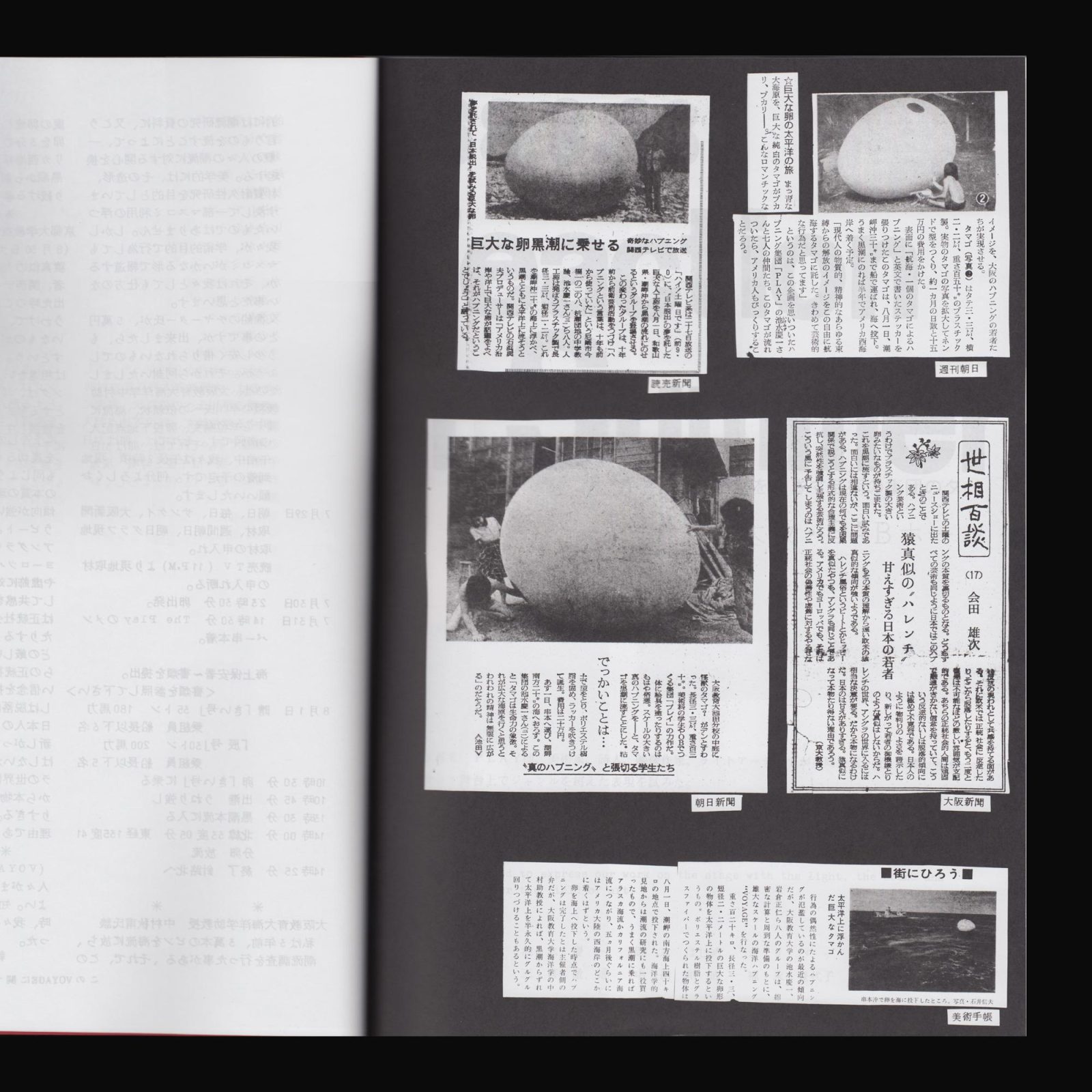
The reprint of two out-of-print artist’s books self-published in the 80’s by the Japanese artists collective The Play, with a previously unreleased documentation.
Staging most of their actions, “without particular reason,” in “natural outdoor spaces,” and admitting they “only like[d] the infinite time and space of open air,” The Play is a fluctuating art collective gathering individuals with various personalities and skills, formed in 1967 in the Japanese Kansai region. Still active today the group has constantly devised its own methods for collective actions and the ways for transmitting them, its members coming together to create the possibility of an event without any concern for its result. Its persistence and longevity have set The Play apart from other groups in Japanese art history, never completely integrated, yet never completely at the margins. Refusing to distinguish art from life, The Play underlines an attitude and an outlook focused on playing, sincerity and humour, notions that remain crucial today.